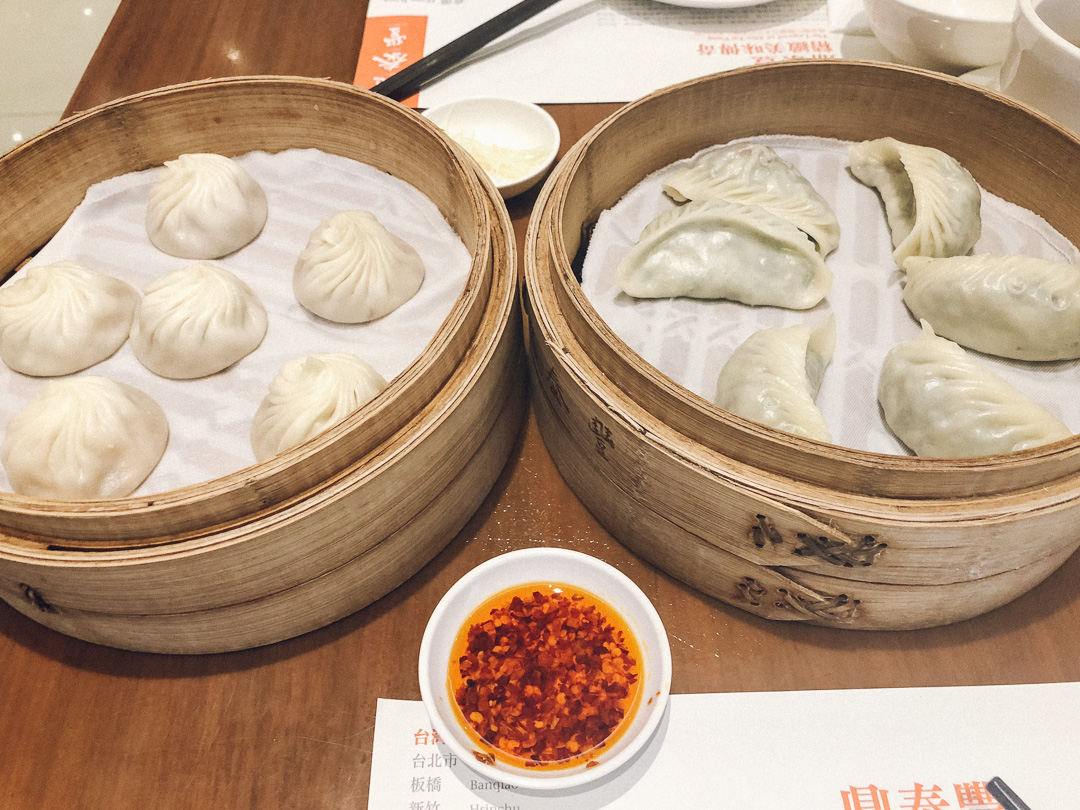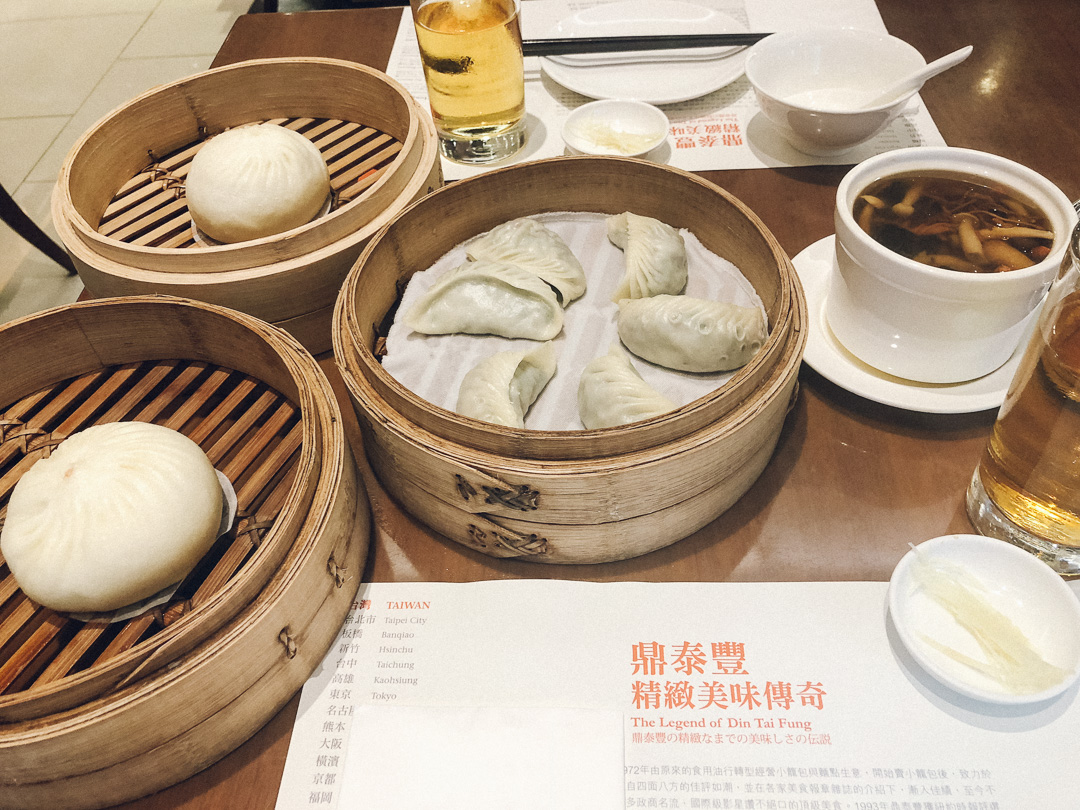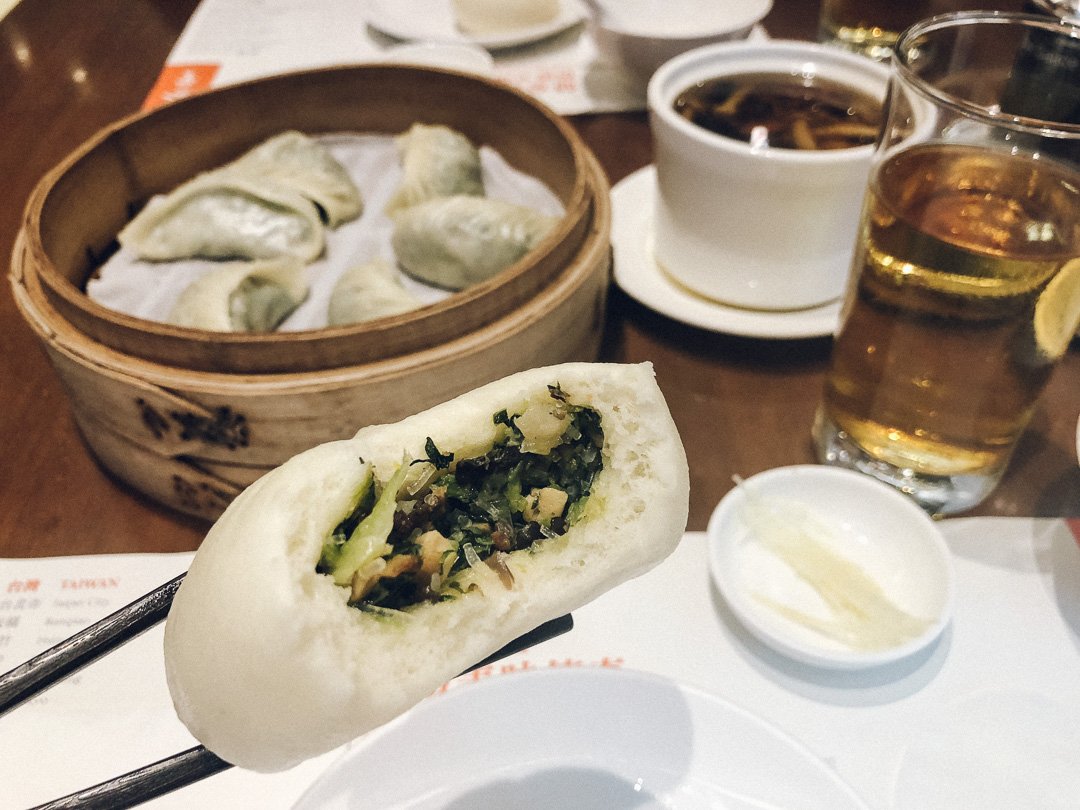Kwan Kee Chinese Restaurant
A typical no-frills local restaurant serving good Chinese food at a reasonable price. Once you sit down, you will get a hot tea which will serve as both pre-rinser of your utensils as well as your tea to drink. Before using your chopsticks, spoon and bowl, you should pour hot tea over them and then discard the used tea. Rinsing utensils in a hot liquid is a common practice in some older cafes of Hong Kong, so don’t be surprised. The place is bustling, packed with locals and tourists alike. Arrive early or be prepared to wait, there is always queue outside. The restaurant was located only a few minutes from our hotel, so we reserved a table in person a couple of hours in advance. Service wise, it’s typical local Hong Kong style, so keep low expectations, and you won’t be disappointed 🙂
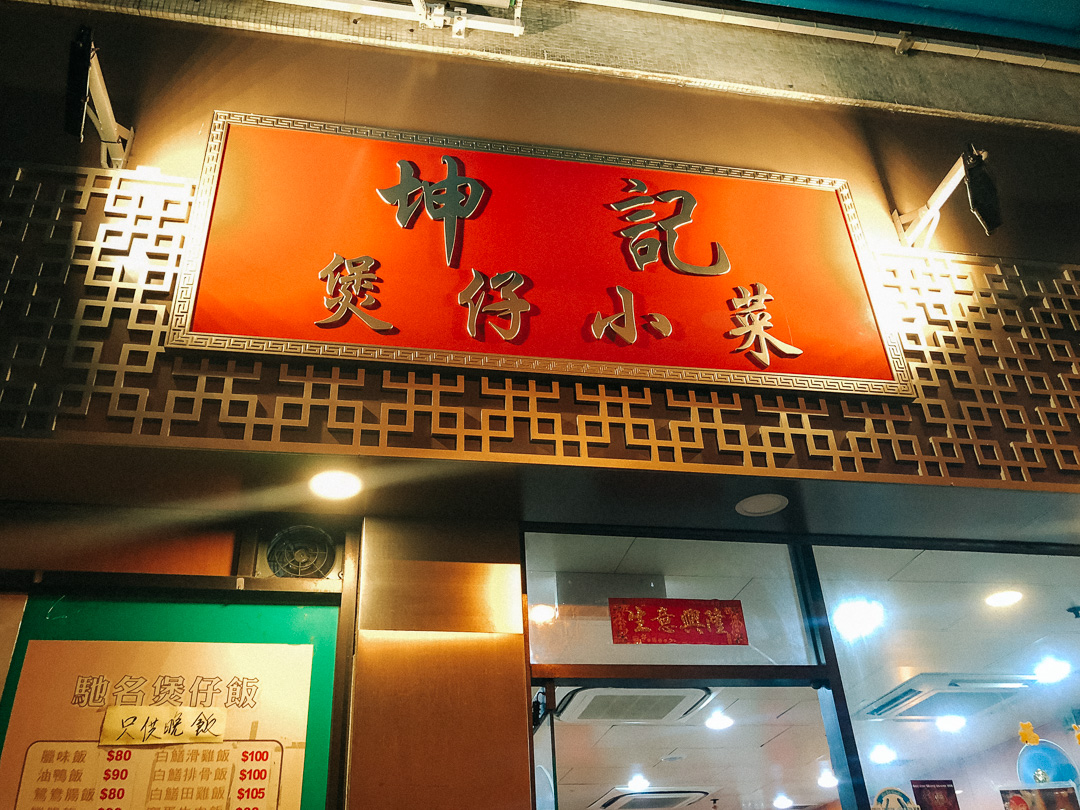
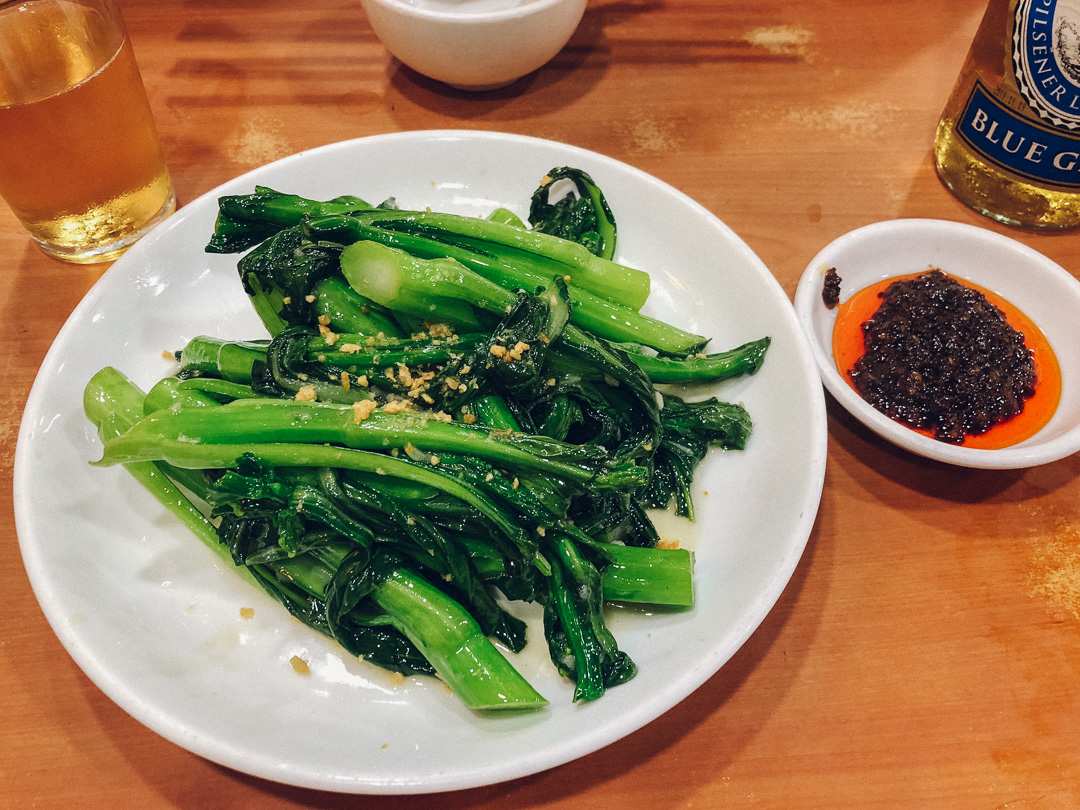
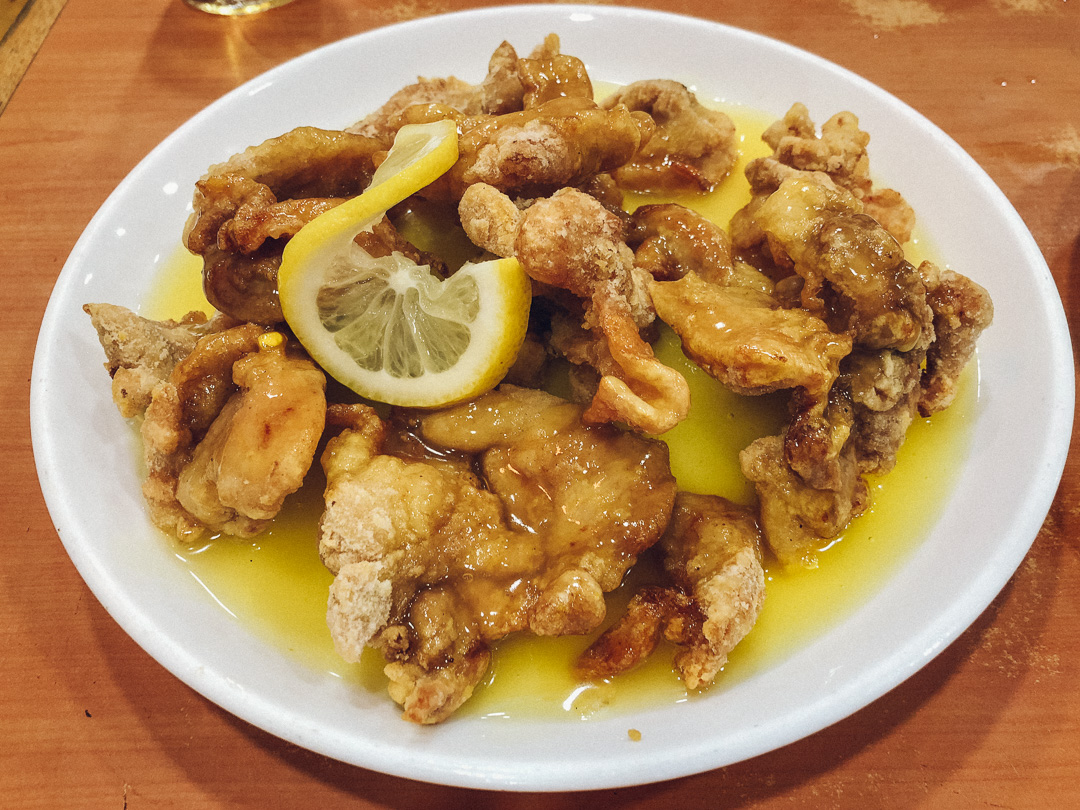
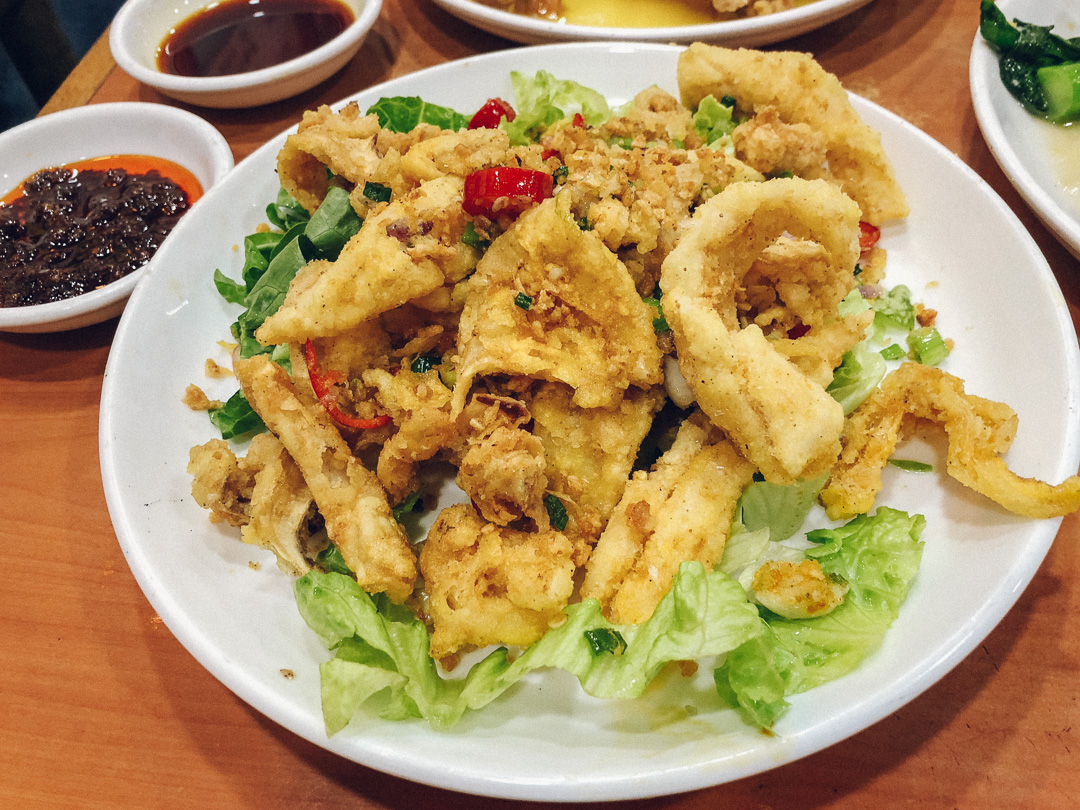
Sing Kee Seafood Restaurant
Sing Kee serves traditional Cantonese food. The menu includes classics you probably know well from your local Chinese restaurant like sweet and sour pork, one of the most famous Chinese dishes known throughout the world. The bite-sized pieces of pork are first battered and deep-fried, then stir-fried with pepper, pineapple and onion in a tangy sweet and vinegary sauce. If prepared correctly it can taste really good, and here it did.
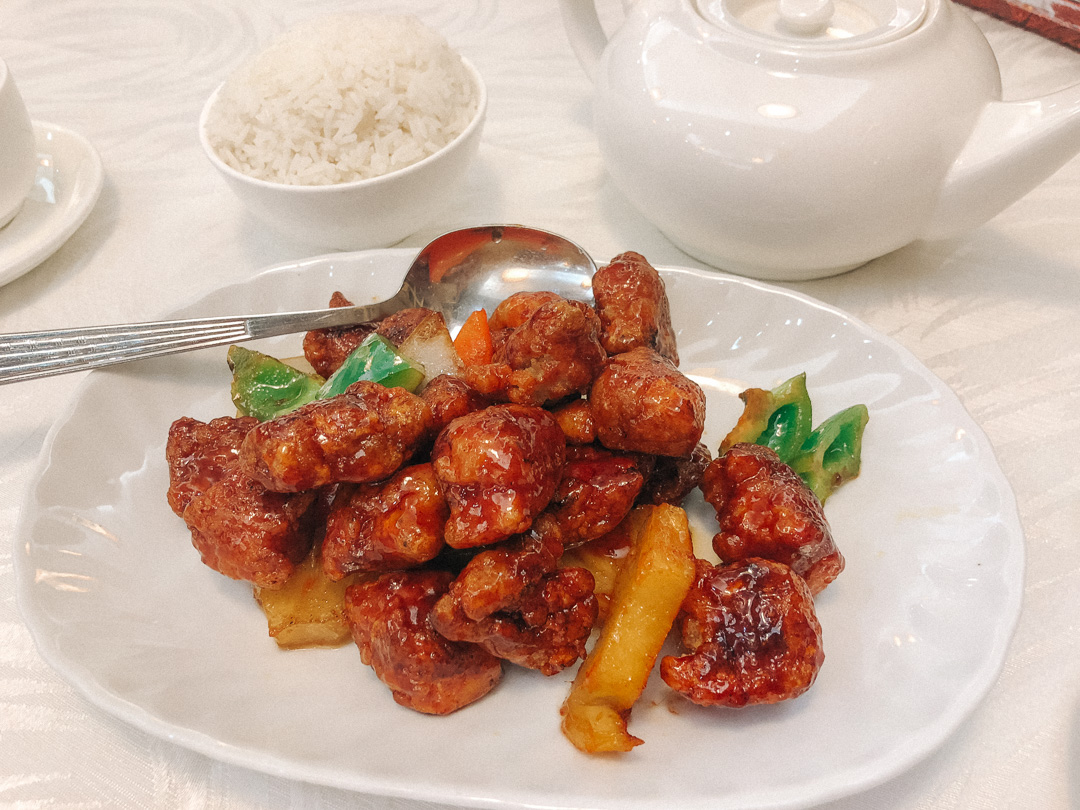
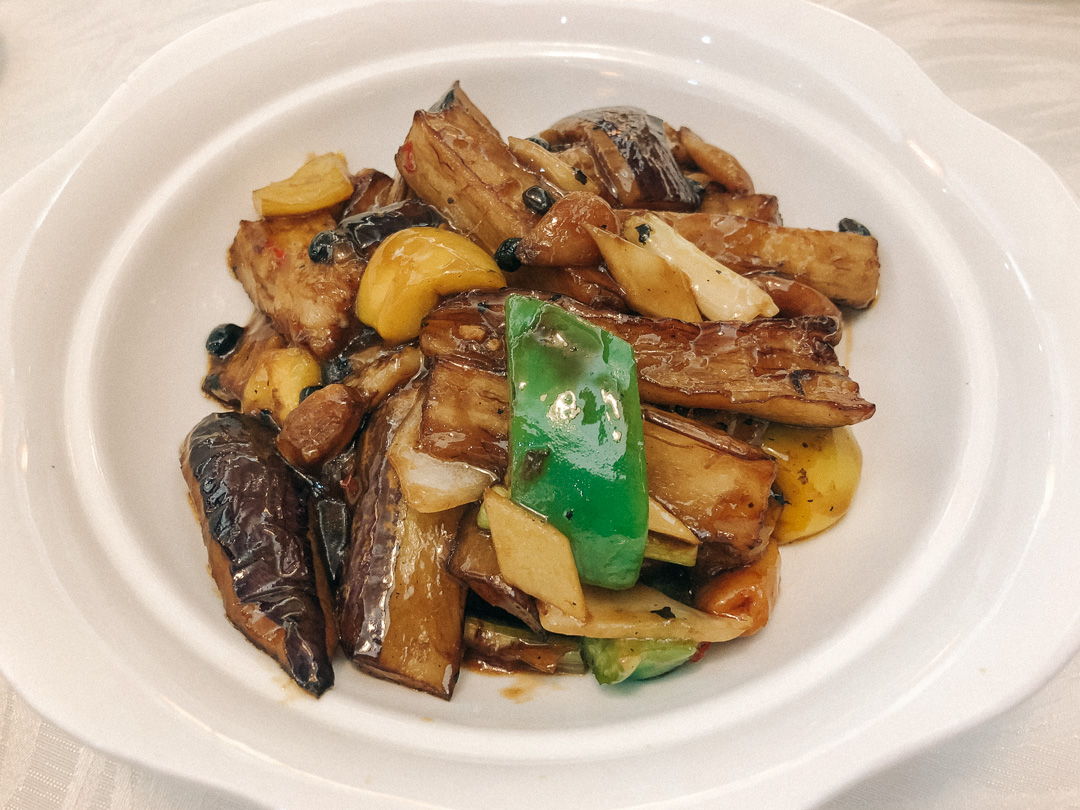
Yat Lok Restaurant
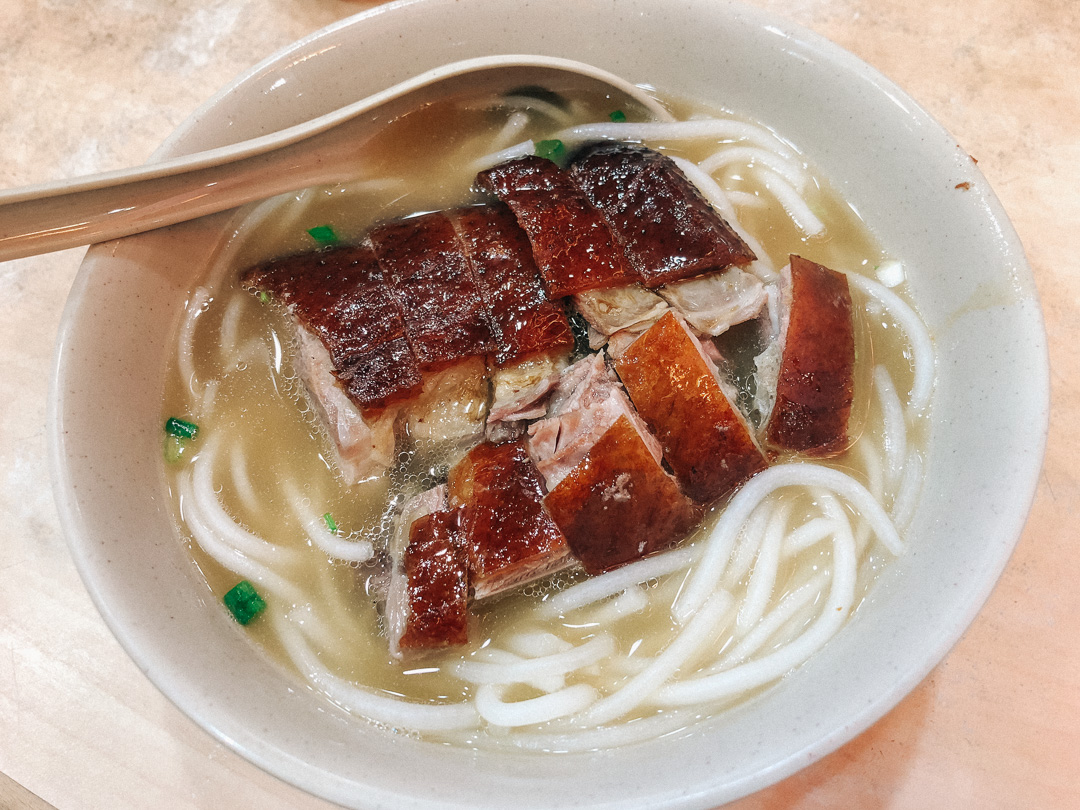
Dragon State Kitchen Restaurant
Hong Kong is famous for its divine roast meets. Shiny goose, soy chicken and bbq pork proudly hang at the window of many restaurants in HK. Dragon State serves very decent and well-priced selection of roast meats; they are mainly known for their honey bbq pork.
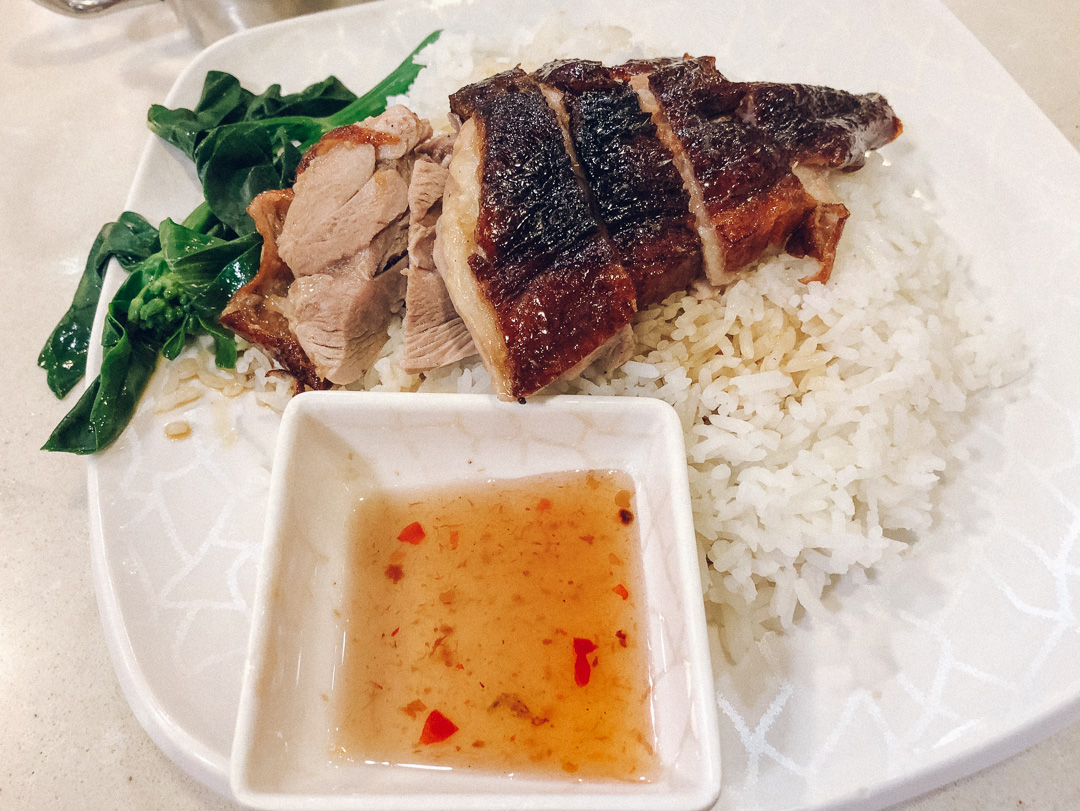
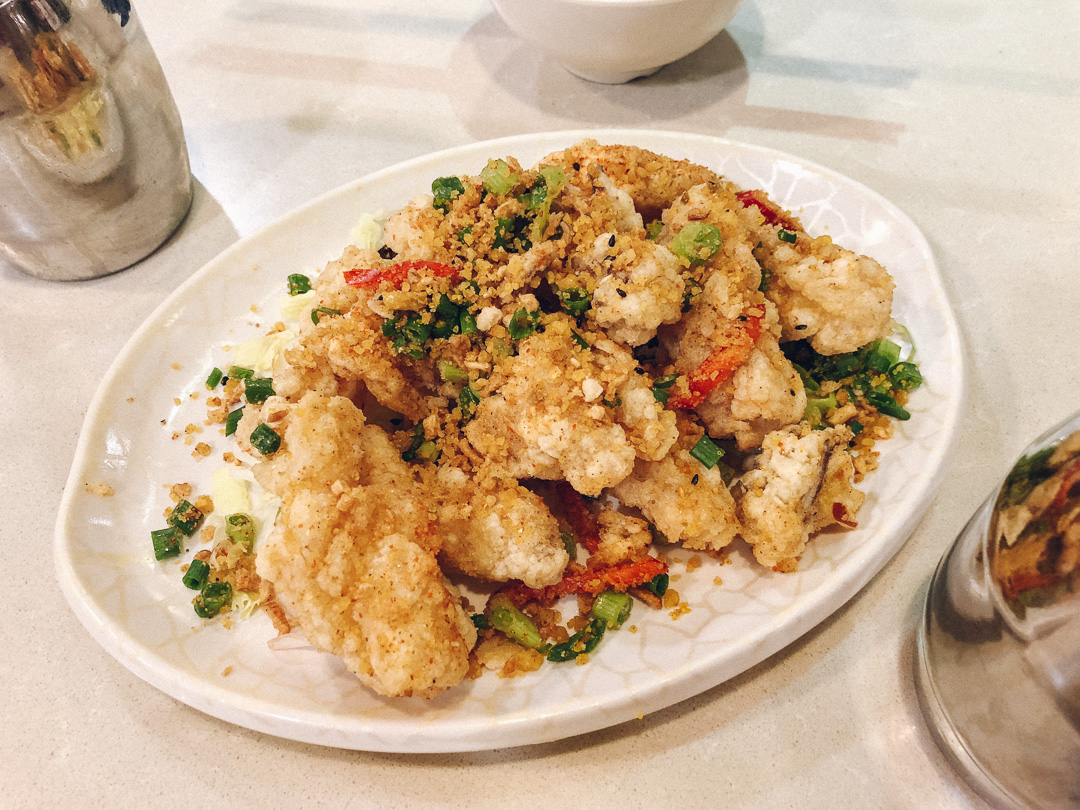
Pure Veggie House
Pure Veggie House is a Buddhist restaurant that serves innovative and delicious vegetarian and vegan dishes. They don’t use MSG, and many of its ingredients are sourced from organic farms. They also don’t serve alcohol, but they have a good selection of non-alcoholic drinks. The inside is nicely decorated with bamboo elements and Chinese calligraphy. The food was very tasty, especially the hot and sour soup which was outstanding. It’s worth a visit even if you are not vegetarian.
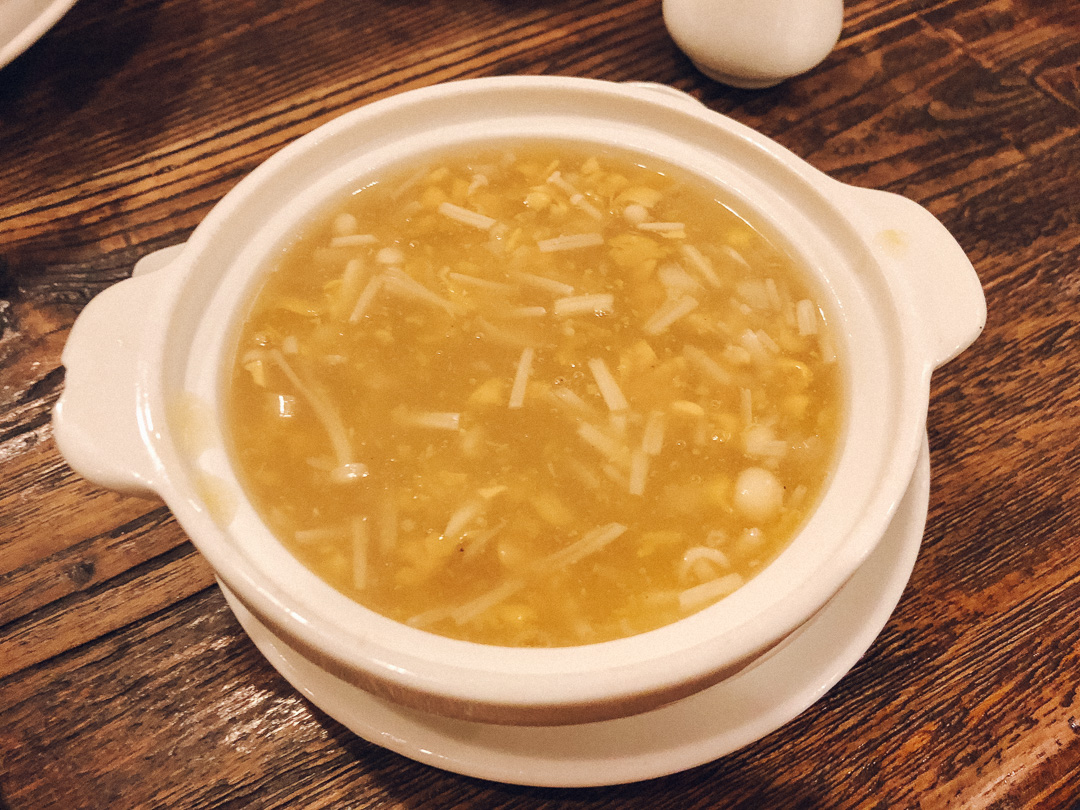
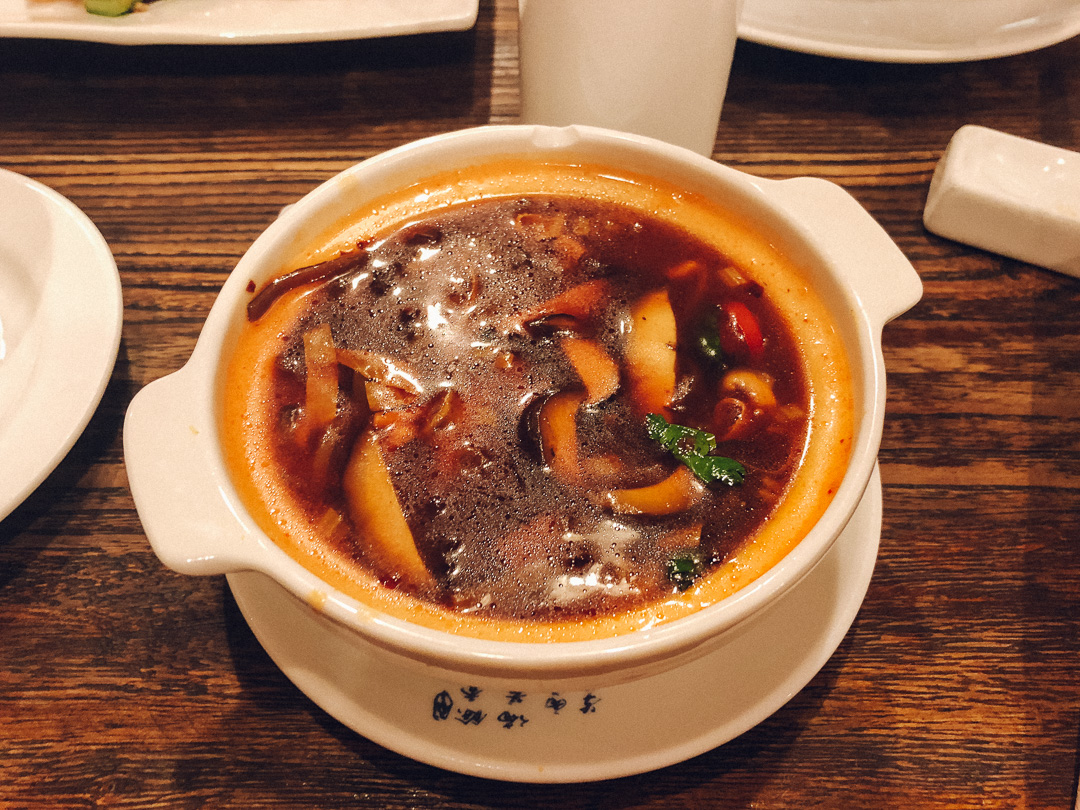
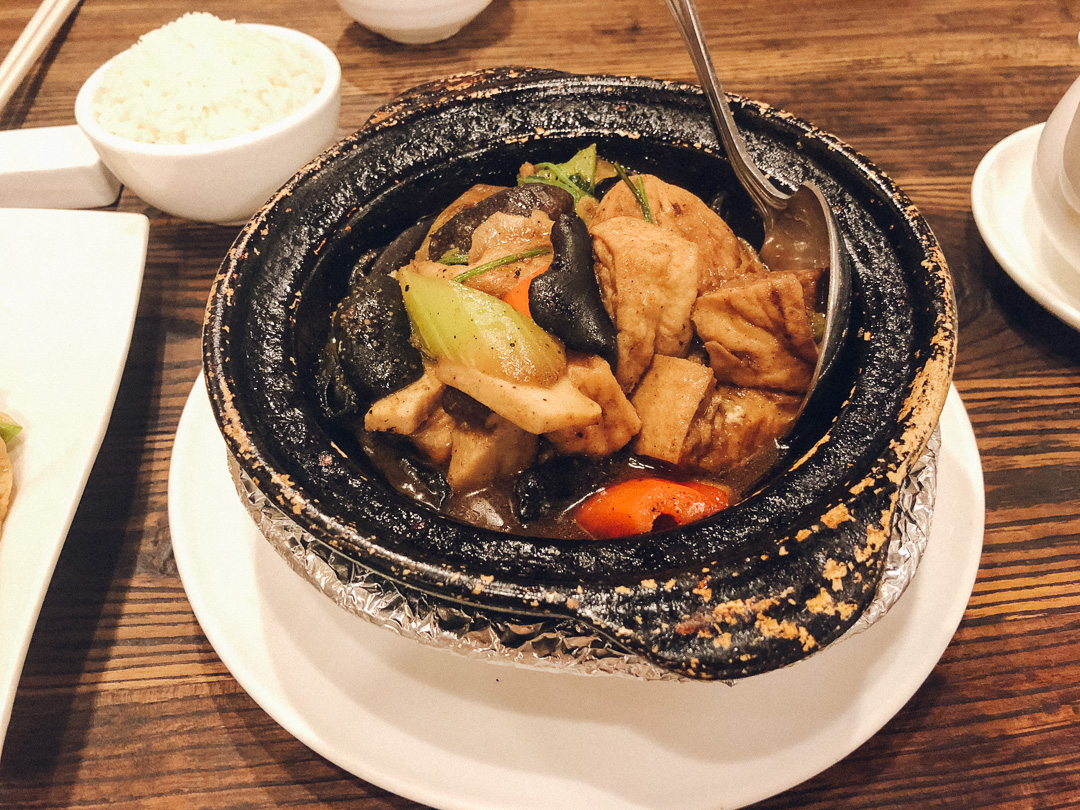
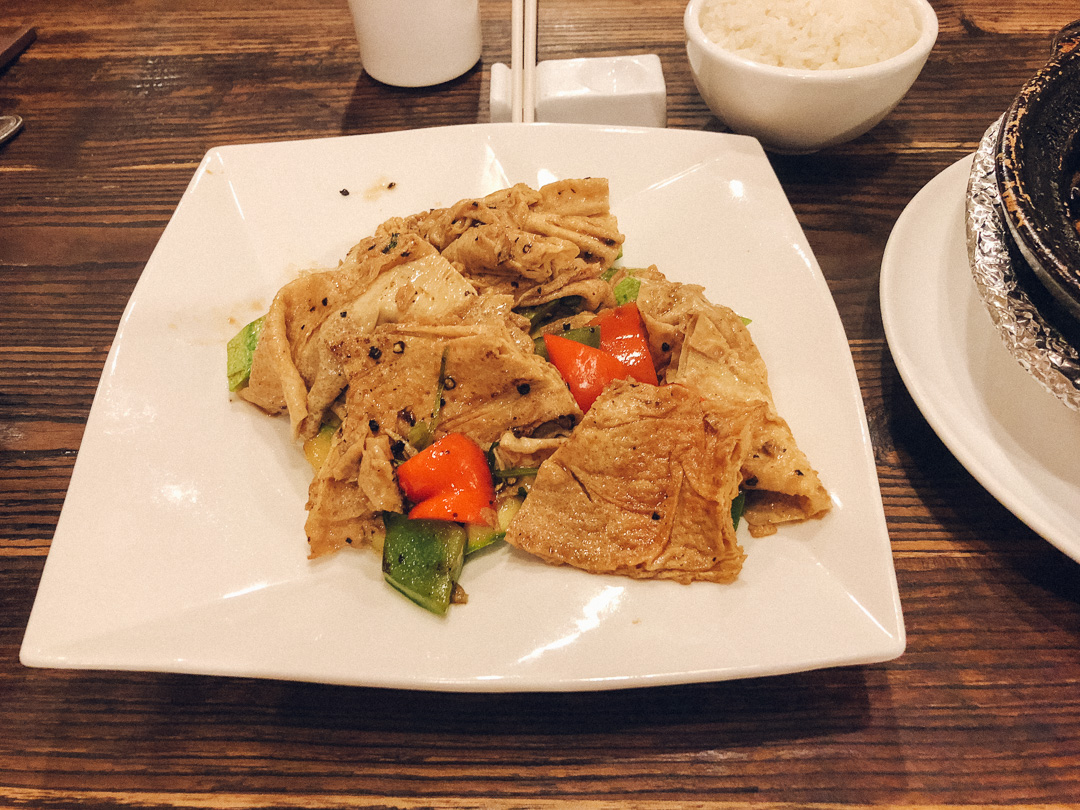
Monogamous
The Monogamous Chinese is a contemporary and upscale restaurant specialising in Sichuan and Peking cuisine. A la carte menu is quite pricey, but they have a set lunch menu which is an absolute bargain with three courses for $88. You get a choice of starter, dumplings and a main dish, every course includes a vegetarian option. The restaurant has an interesting interior, with 1950s retro feel coupled with modern artwork and low-lit Chinese lanterns.
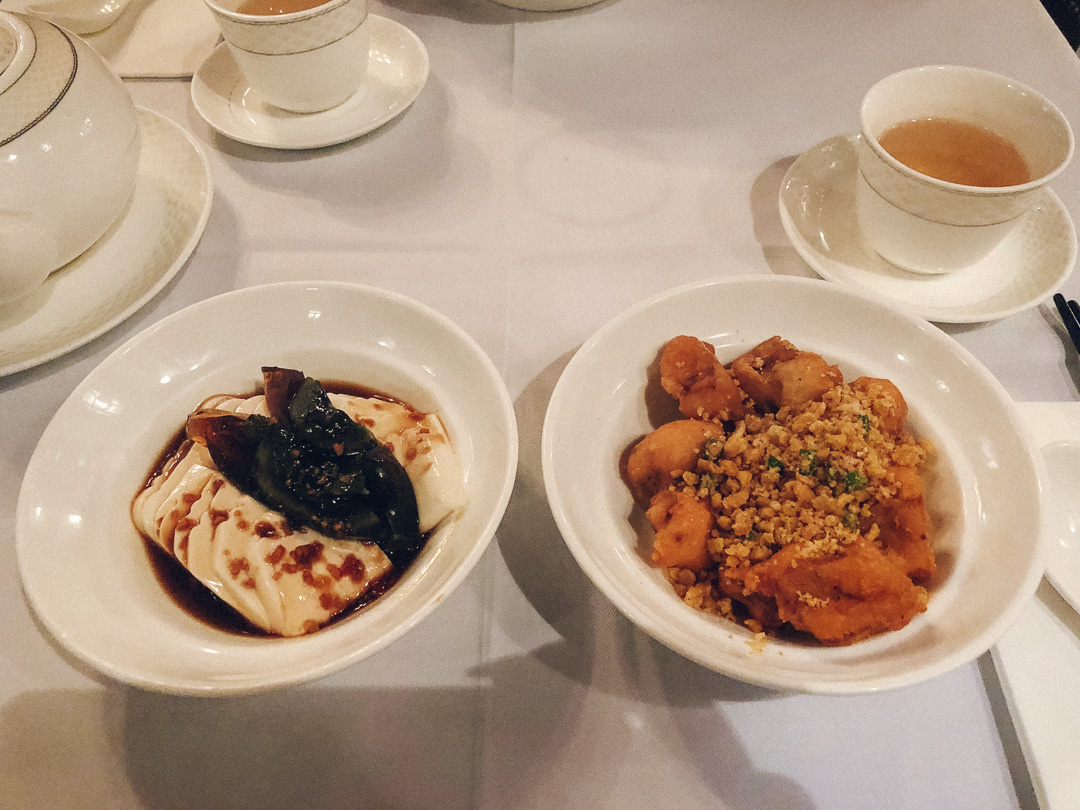
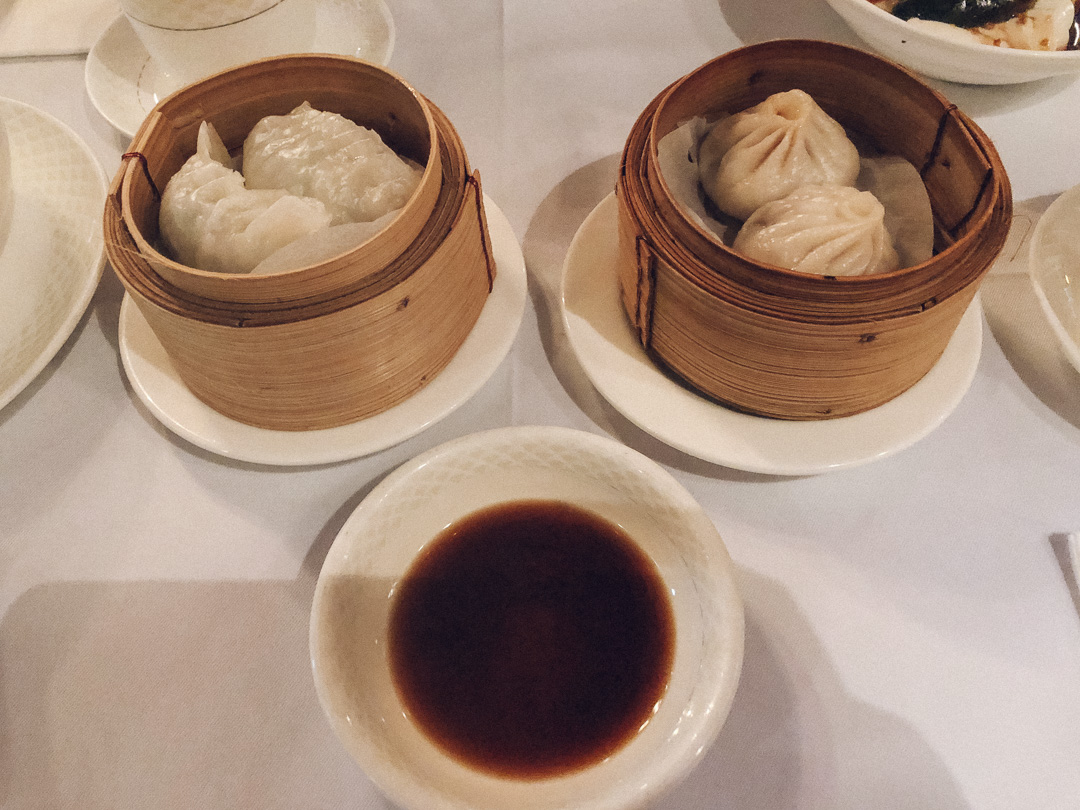
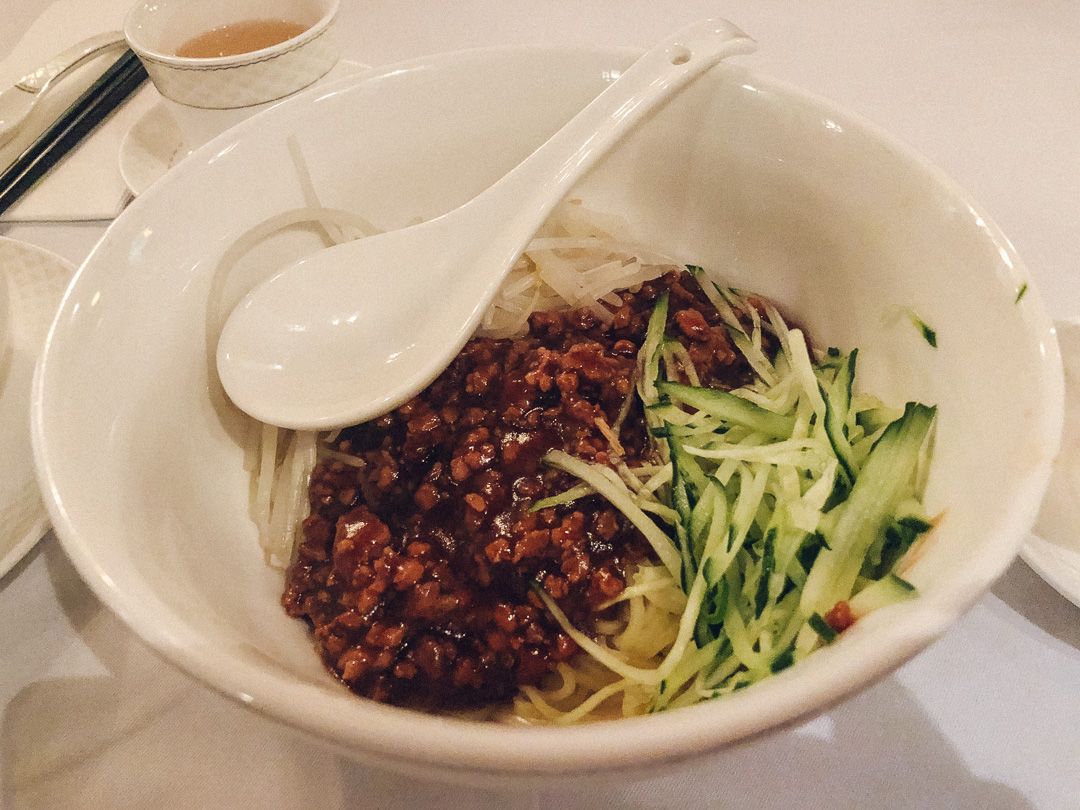
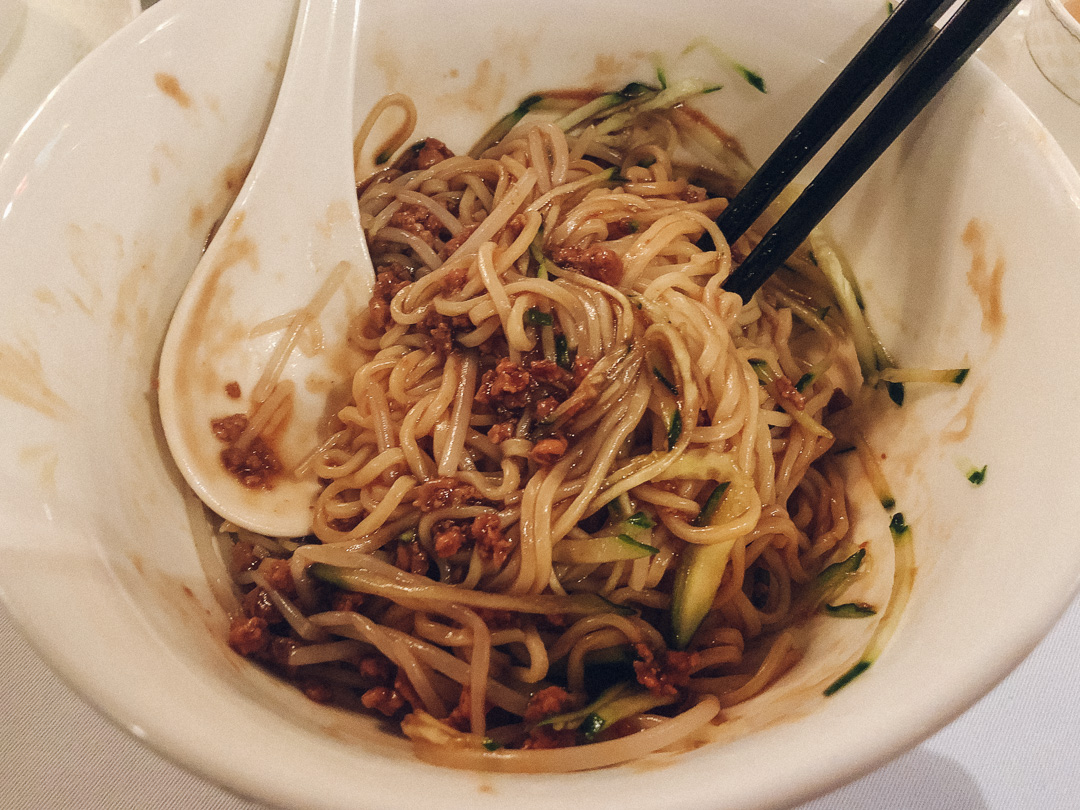
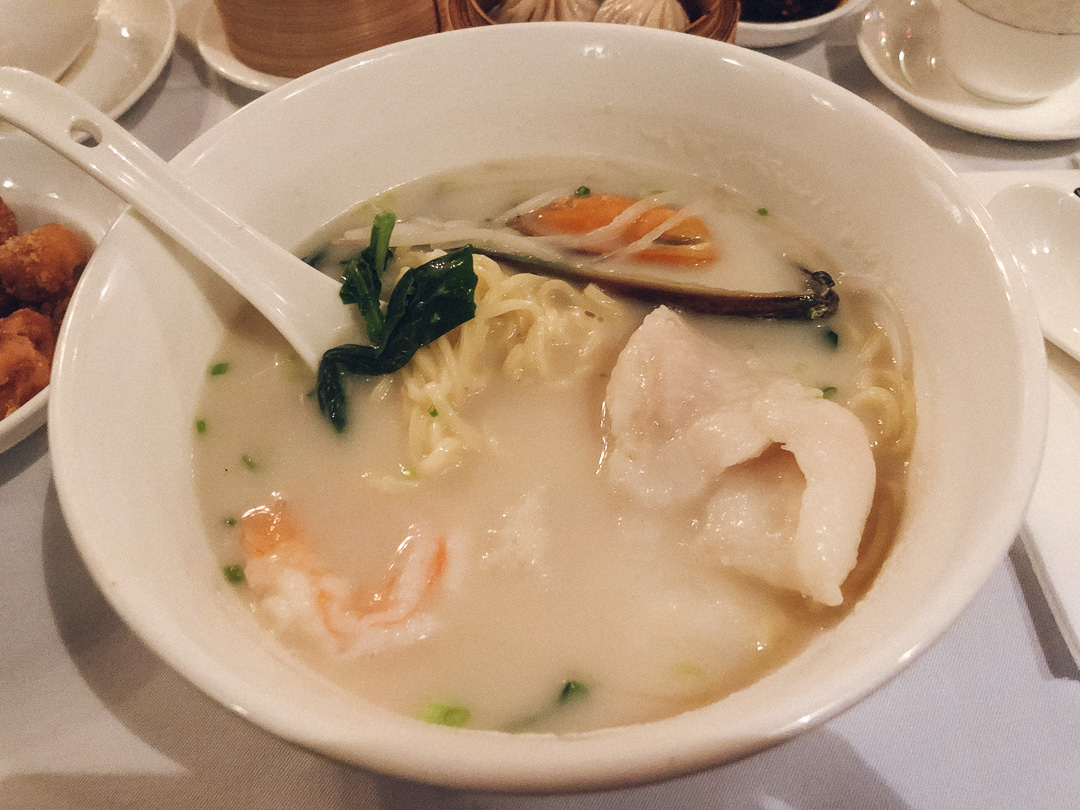
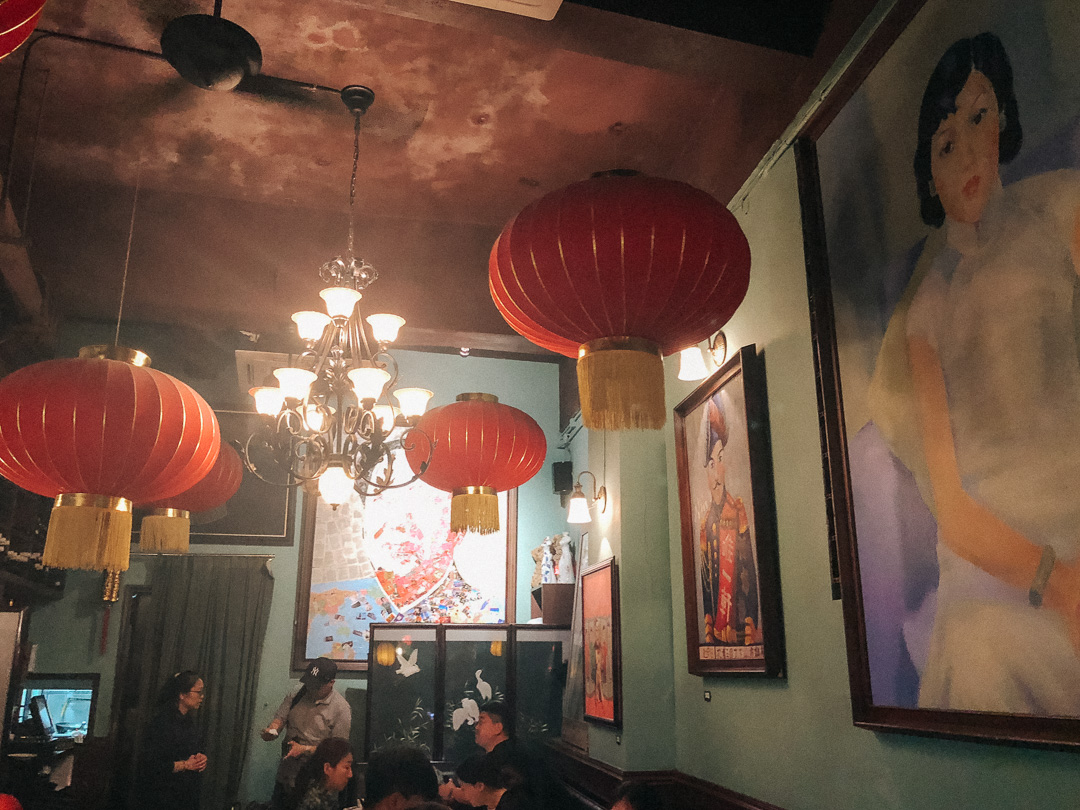
Ho Lee Fook
Ho Lee Fook is a trendy Asian-fusion place serving traditional Chinese food reinvented into innovative dishes with influences from Asian and Western cuisines. Once you enter what you see is an open kitchen and a pretty cool wall with gold maneki-neko cats constantly waving with their left paws. The dining area is located downstairs. It’s a dimly lit space with quirky decor and very loud music, in an attempt to recreate the buzzings atmosphere of old-school Hong Kong restaurants in a modern environment. The menu is very creative, for us, the highlight was salt & pepper grouper with tofu, delicious! Dessert on the other hand, was a major let down.
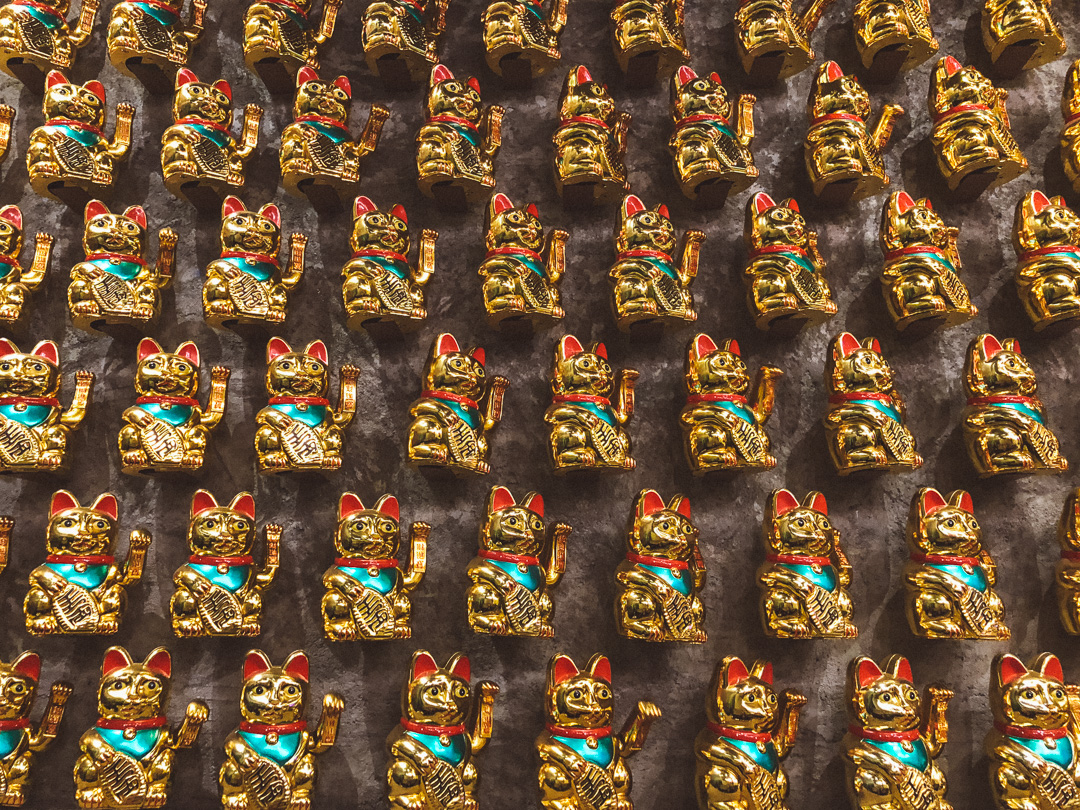
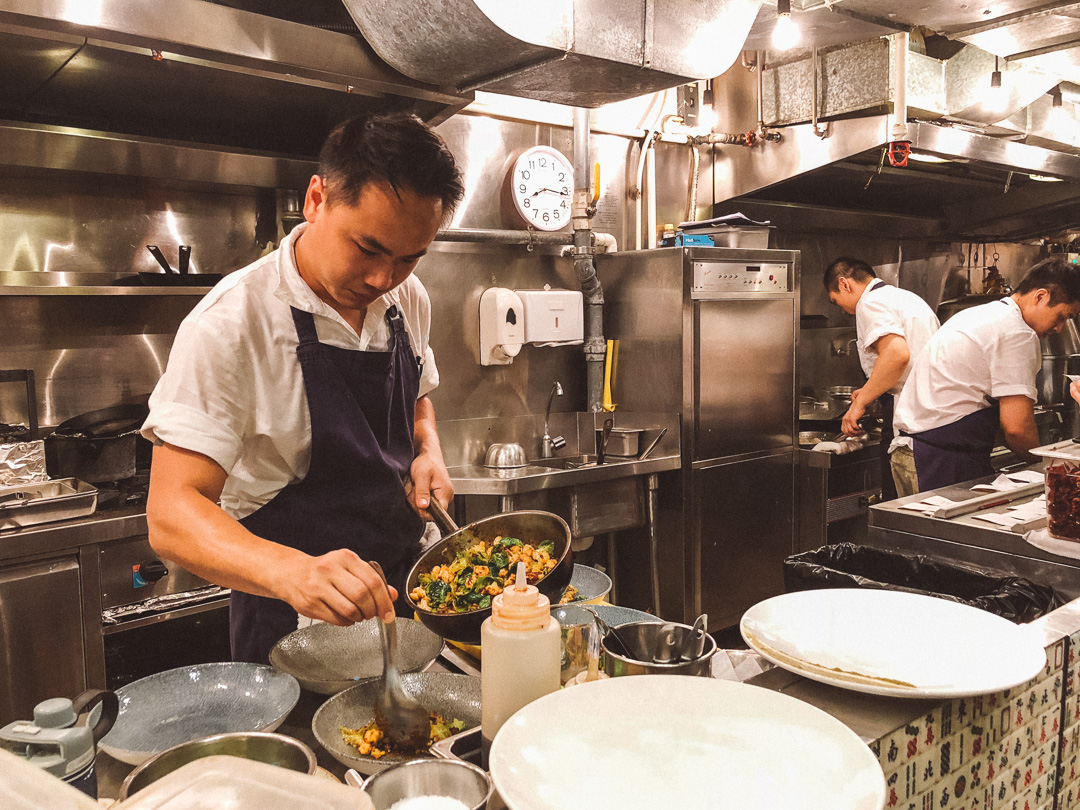
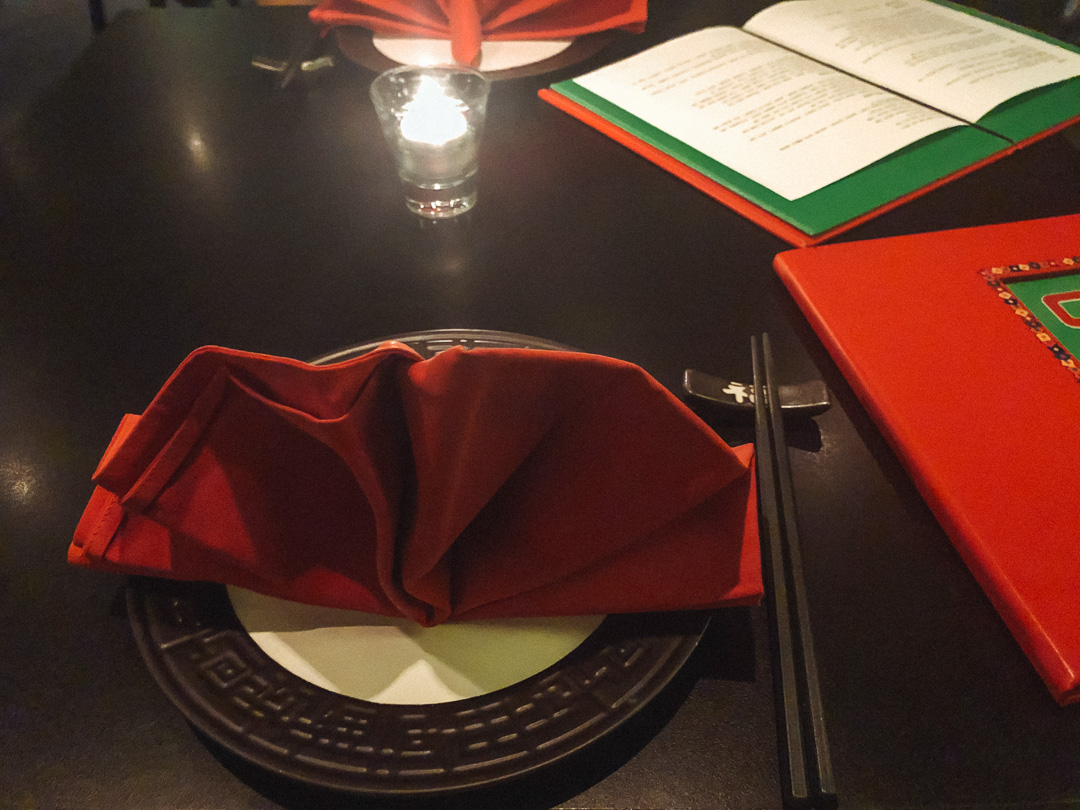
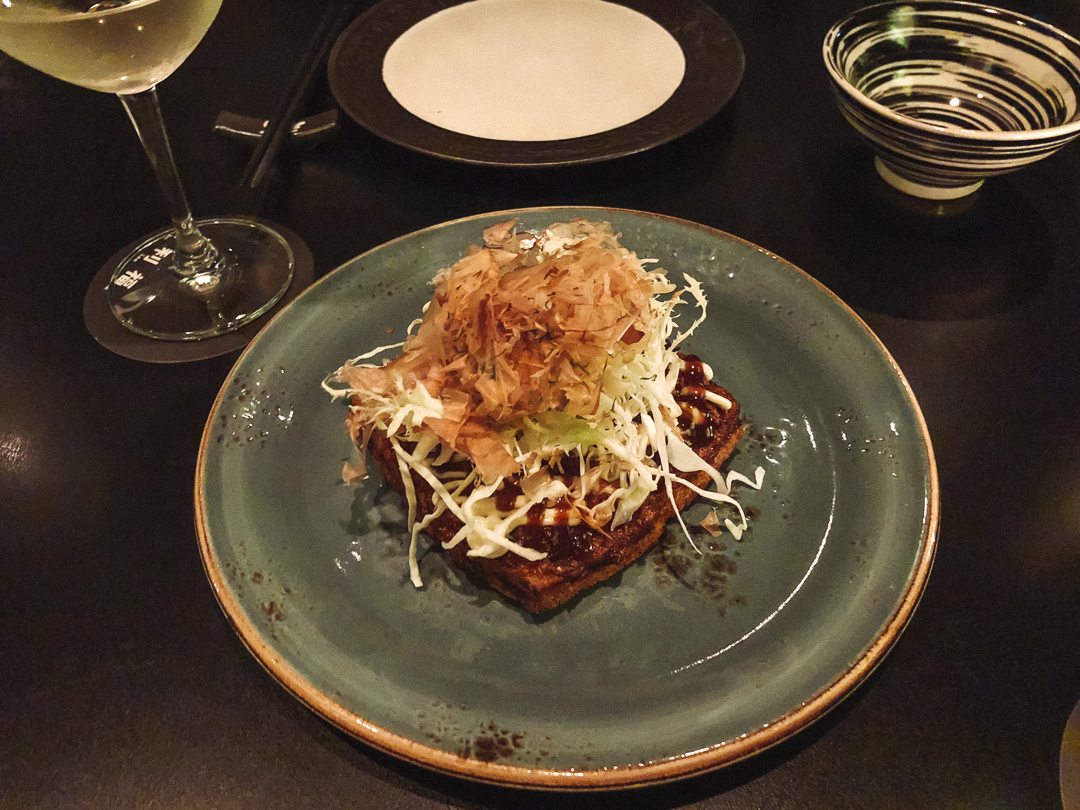
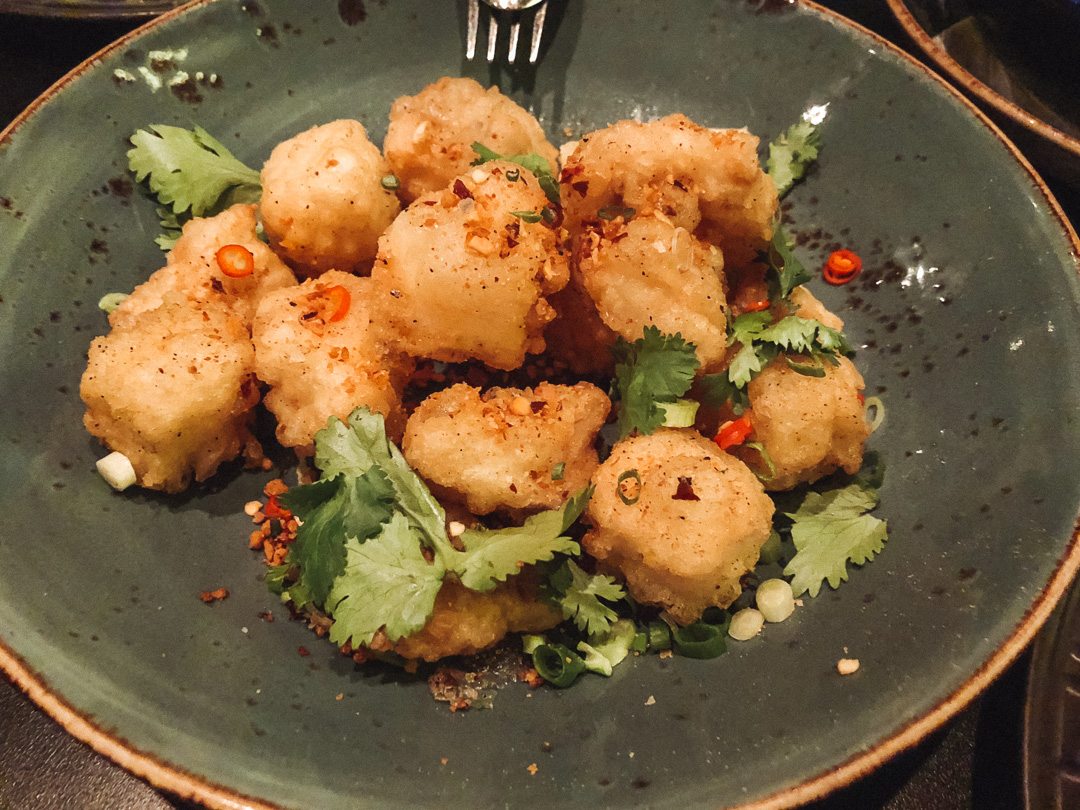
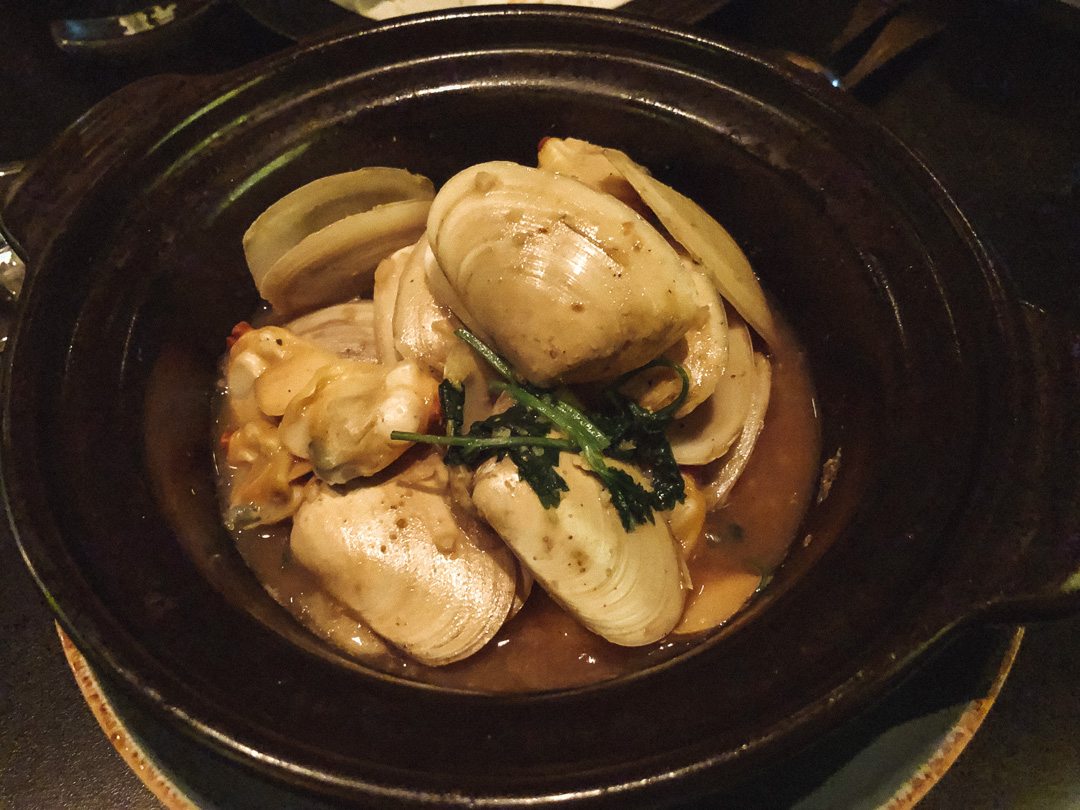
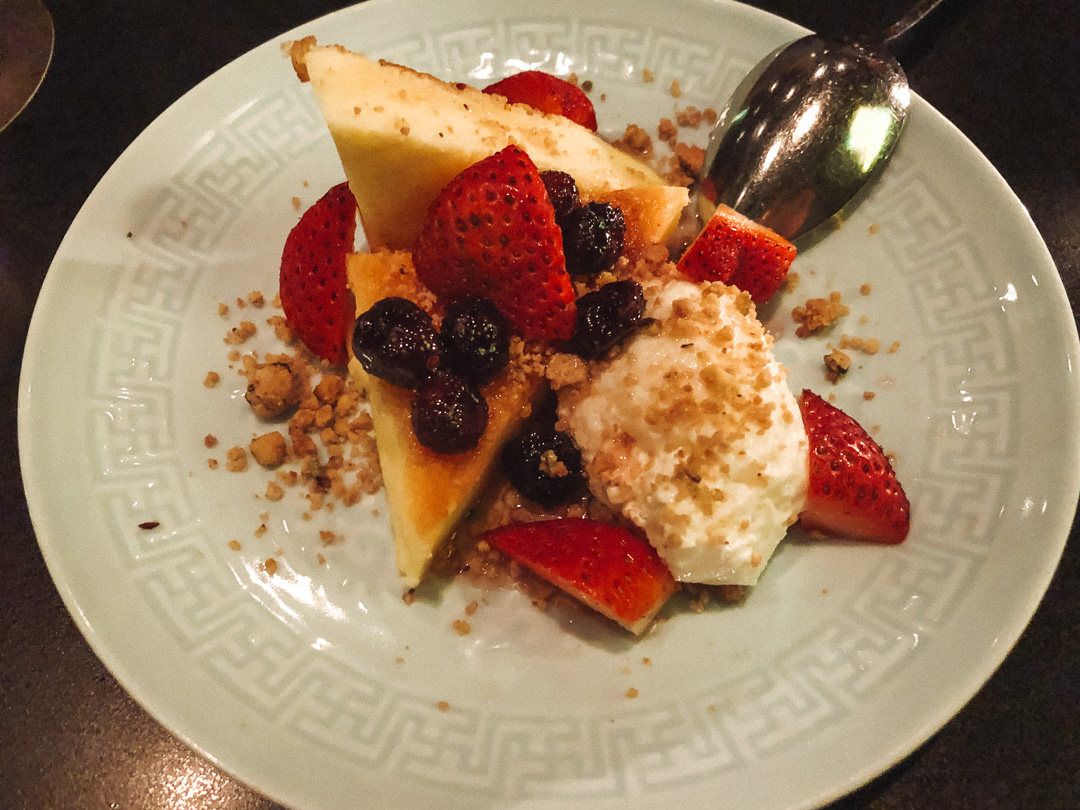
Tai Cheong Bakery
Originally invented in Lisbon, Portugal, egg tarts were adopted in Guangzhou and spread across Hong Kong and Macau. The recipe was slightly altered from the original Portuguese tarts, but it remain a combination of a little cup of pastry filled with egg custard. The main differences are much thicker pastry, firmer filling and a lack of cinnamon sprinkling. Tai Cheong is one of the most famous bakeries specialising in egg tarts. They are very popular in HK so you will also find them in most dim sum shops.
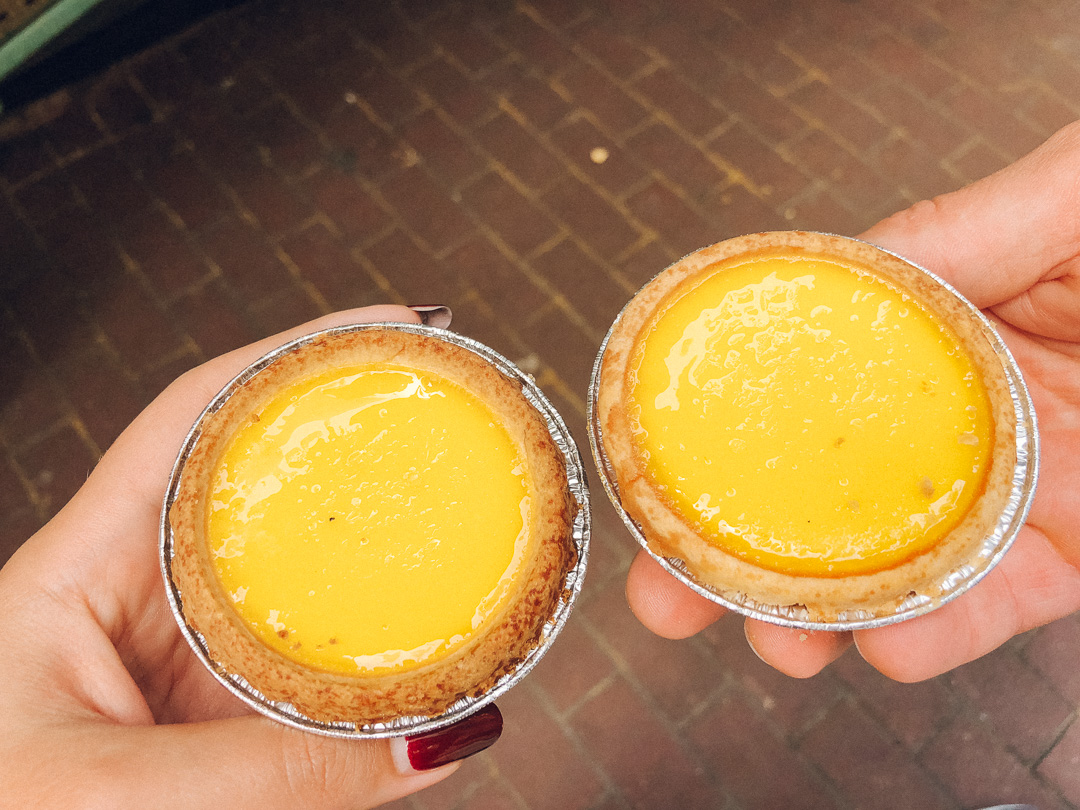
DIM SUM
One of the main reasons to travel to Hong Kong is to eat traditional dim sums. An ancient Chinese tradition of drinking tea accompanied by dim sums is known as yum cha. Dim sum refers to small portions of steamed, pan-fried or deep-fried dishes, designed to be eaten communally. Traditionally, people had yum cha only in the morning or early afternoon, and most of the traditional tea houses still serve them only during this times. However, an increasing number of places offers dim sum menus at dinner time or oven late at night. Traditionally dim sums were cooked in advance and brought into the dining area in baskets on pushable trolleys. Employees called out the items they were carrying, and a customer notified the server if wanted the particular dish. Nowadays, many tea houses have instead adopted a paper-based à la carte ordering system.
Maxim’s Palace Chinese Restaurant
Maxim’s Palace offers a quintessential dim sum lunch experience which is not to be missed while in HK. It’s of the few remaining restaurants that still serves Dim Sums from traditional trolleys. Maxim’s Palace has various branches across the HK; we would definitely recommend visiting a flagship outlet at City Hall. The massive dining hall has a unique atmosphere with white tablecloths, crystal chandeliers, and large windows overlooking the Victoria harbour. Despite being huge, the queues are very long so in order to avoid a long wait come early, preferably as soon as they open.
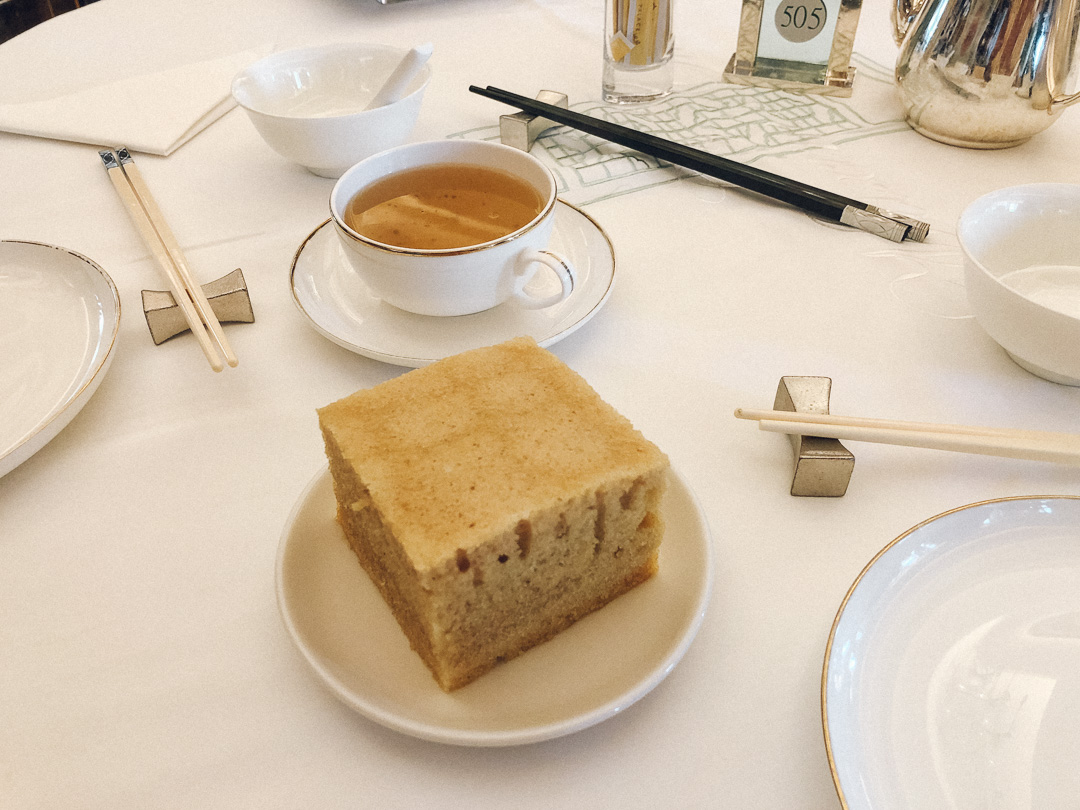
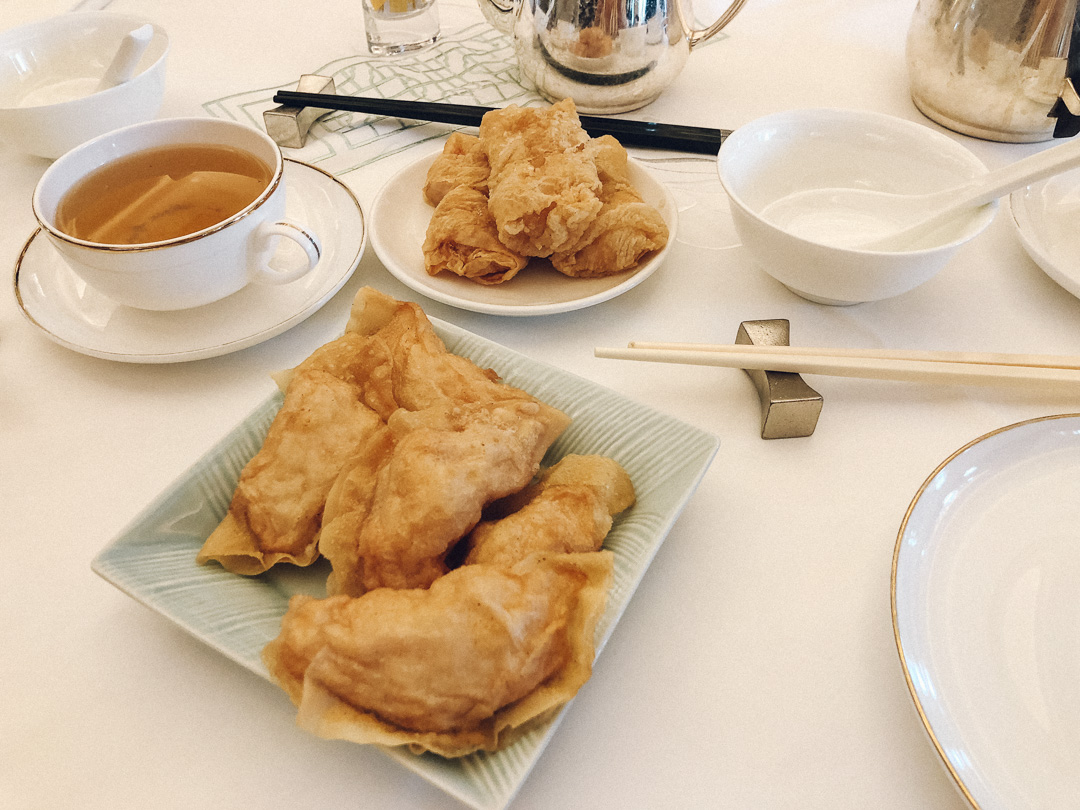
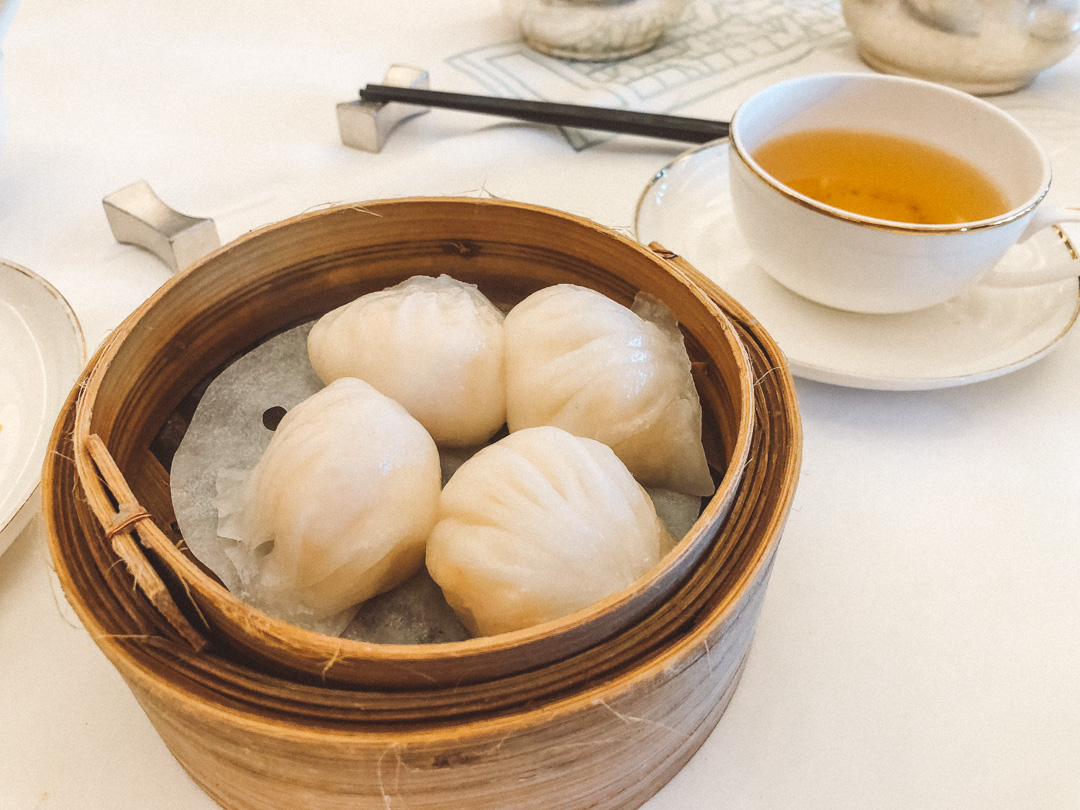
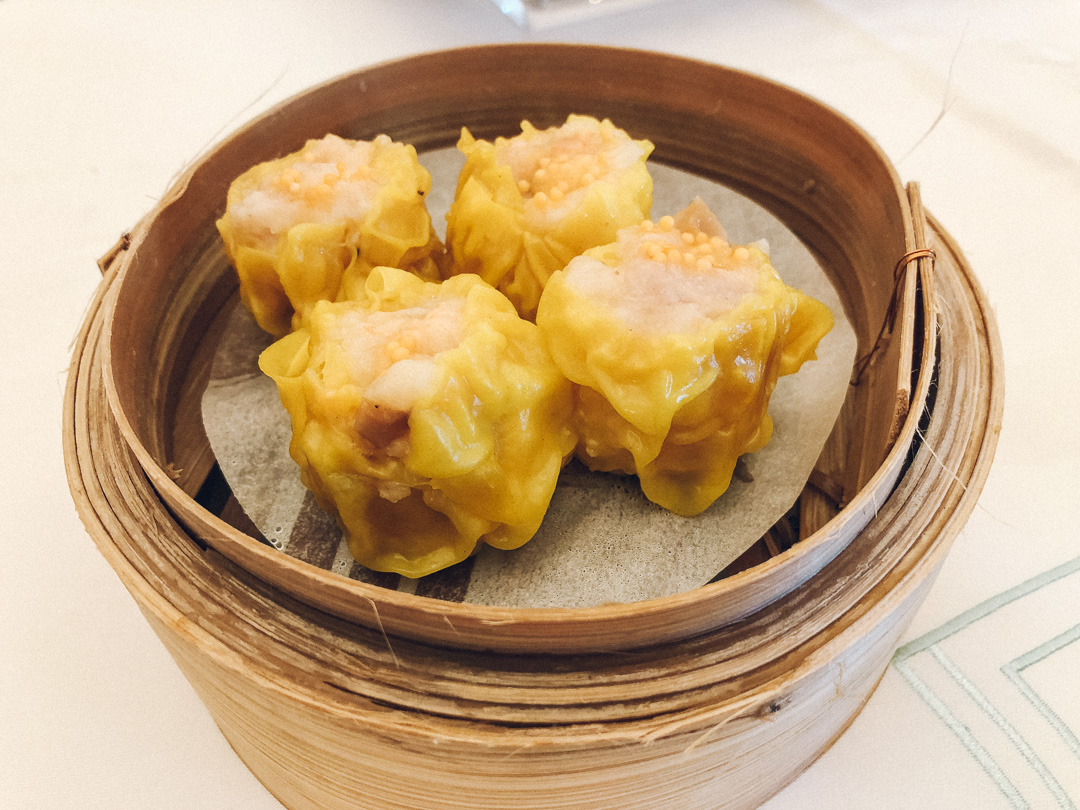
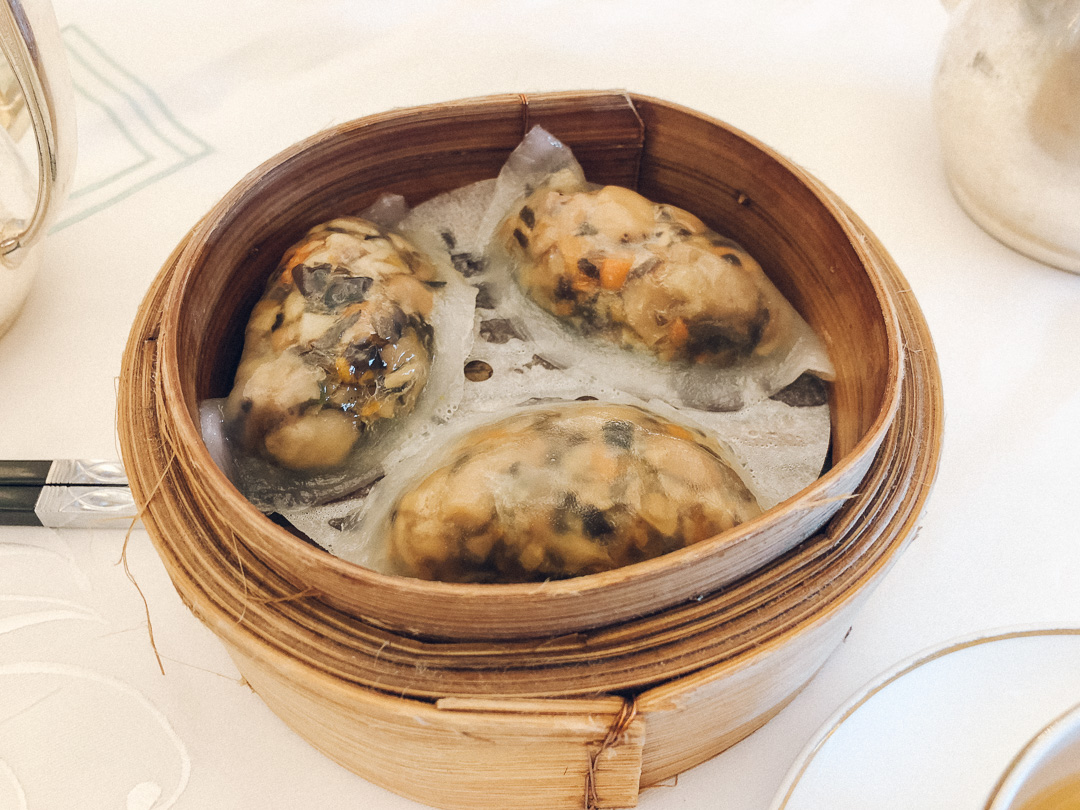
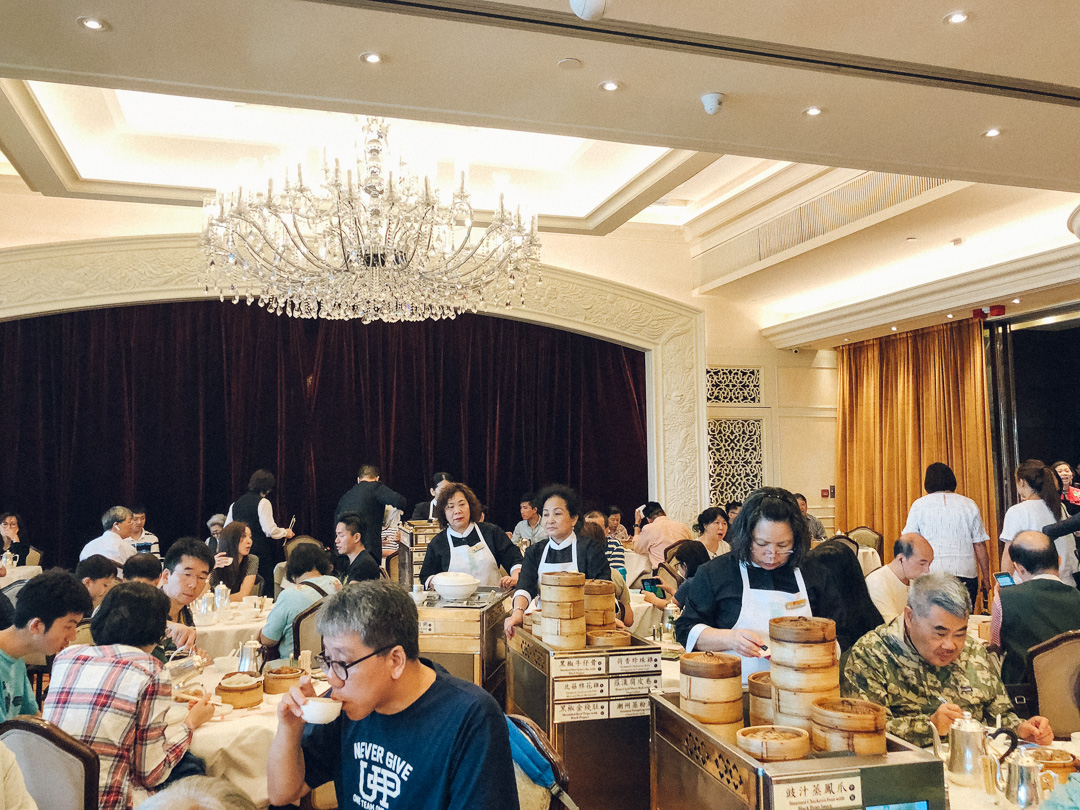
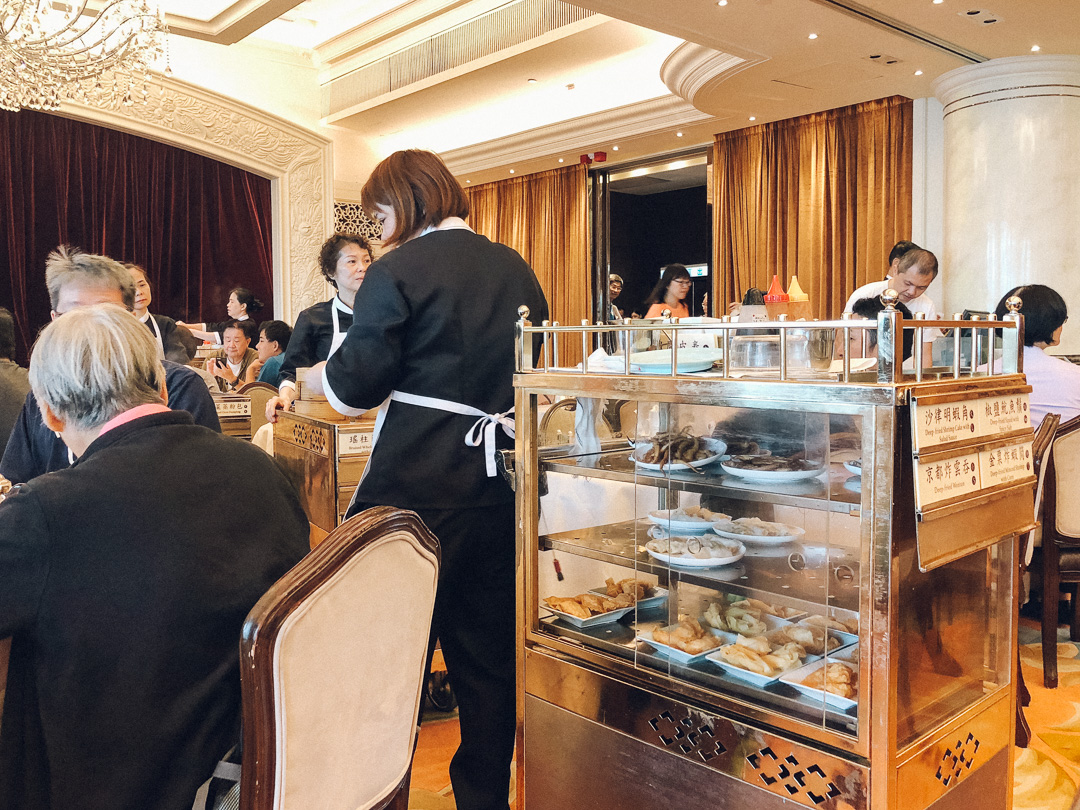
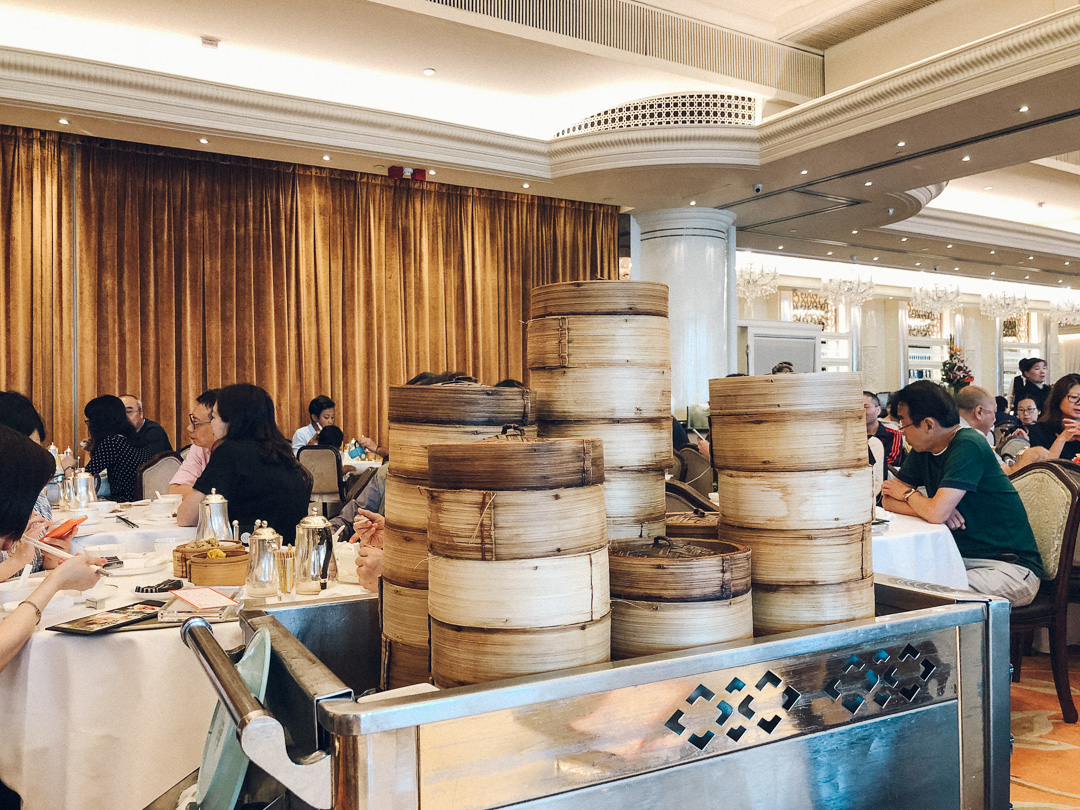
Lin Heung Tea House
Luk Yu Tea House is an iconic Hong Kong’s tea house; if you are looking for an authentic dim sum experience, this is as authentic as it gets. Expect brusque service, communal tables, questionable hygiene and constant loudness.
As you sit down, you will receive a bowl of hot water to rinse your utensils. You get dim sums from ladies with the pushcarts, you choose what you like and give them your ordering card to get a stamp. To pay, show your ordering card at the counter on your way out. I don’t know the prices of individual items are they weren’t specified anywhere, but for three dim sums and tea, we paid $101.
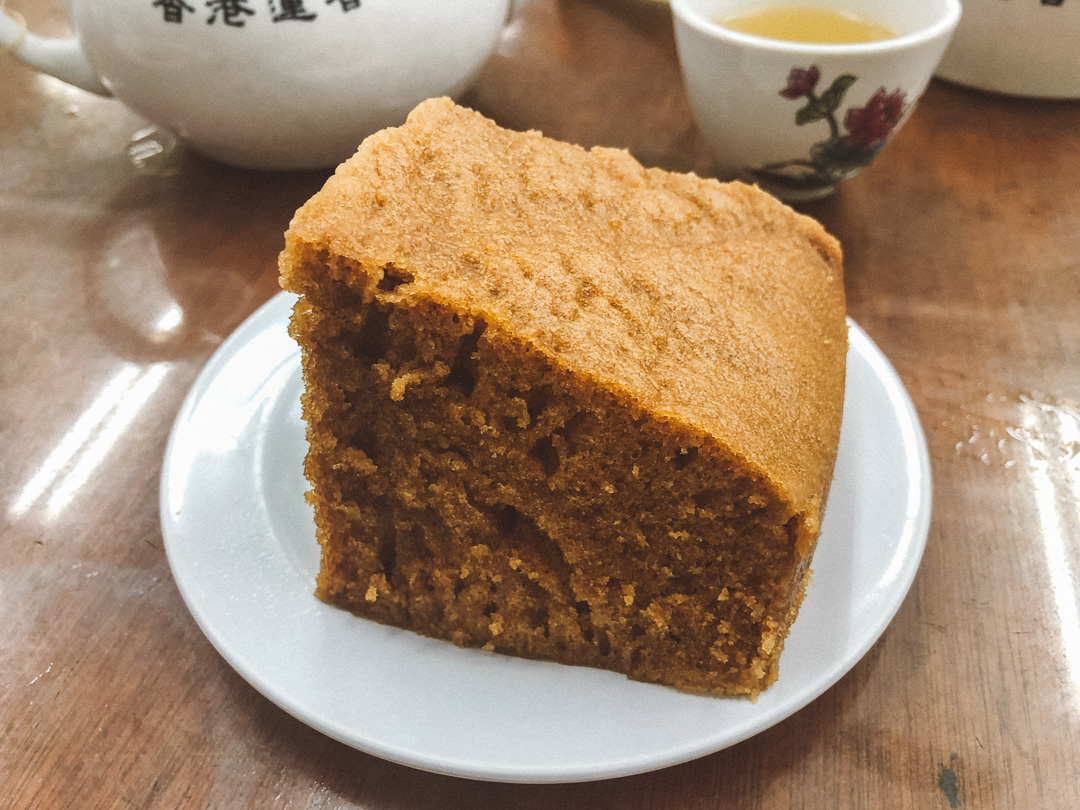
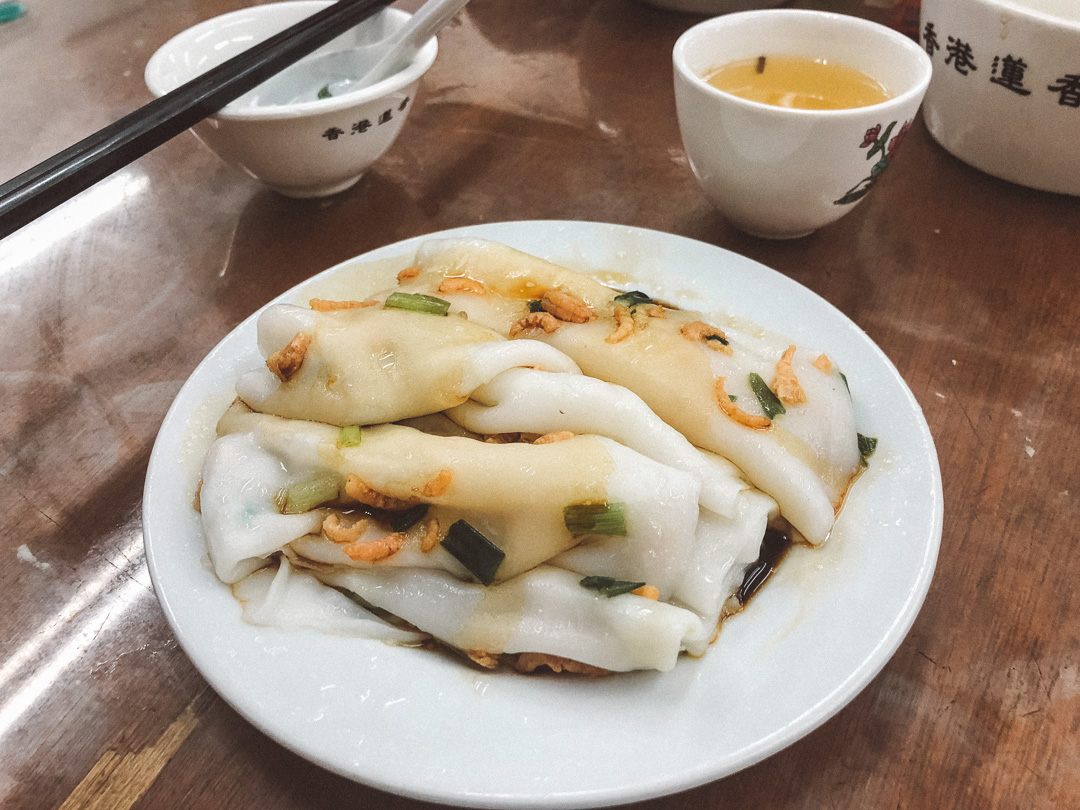
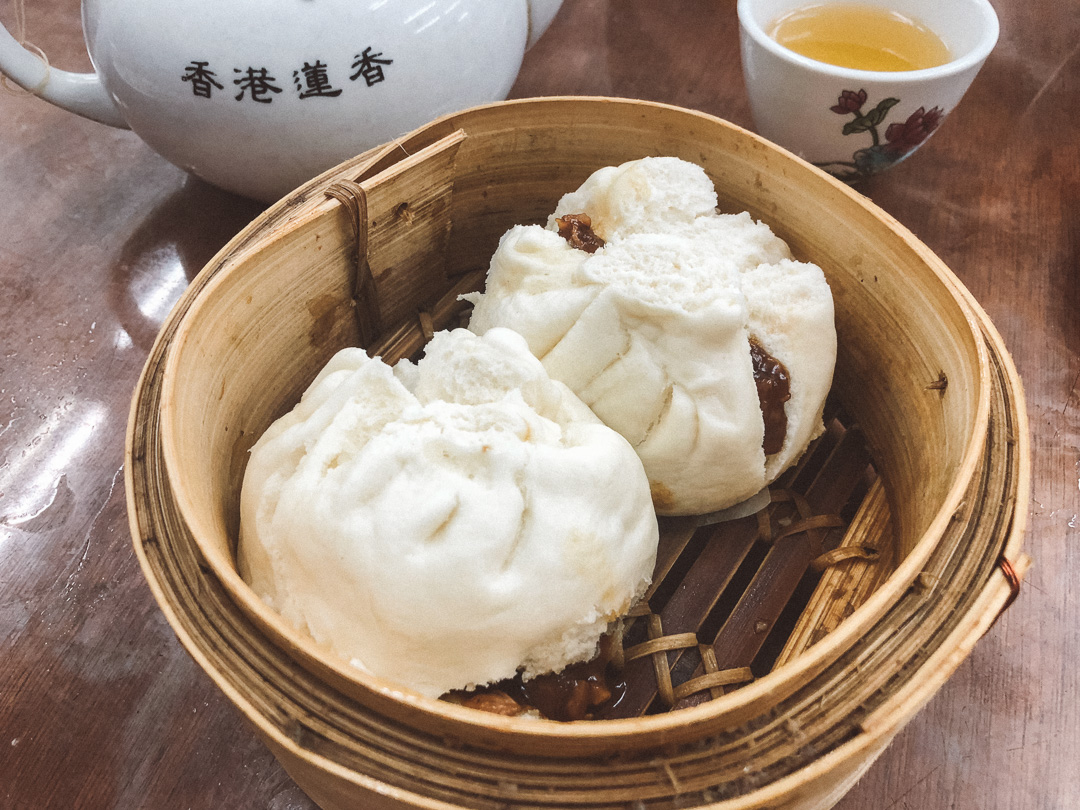
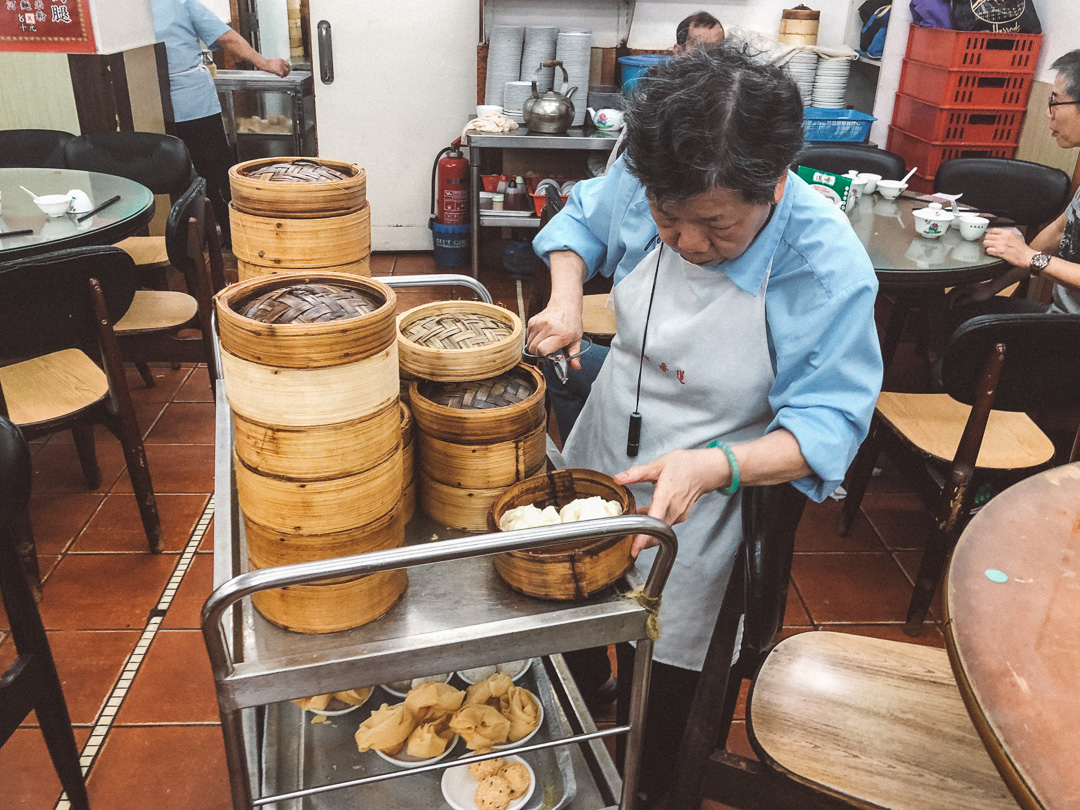
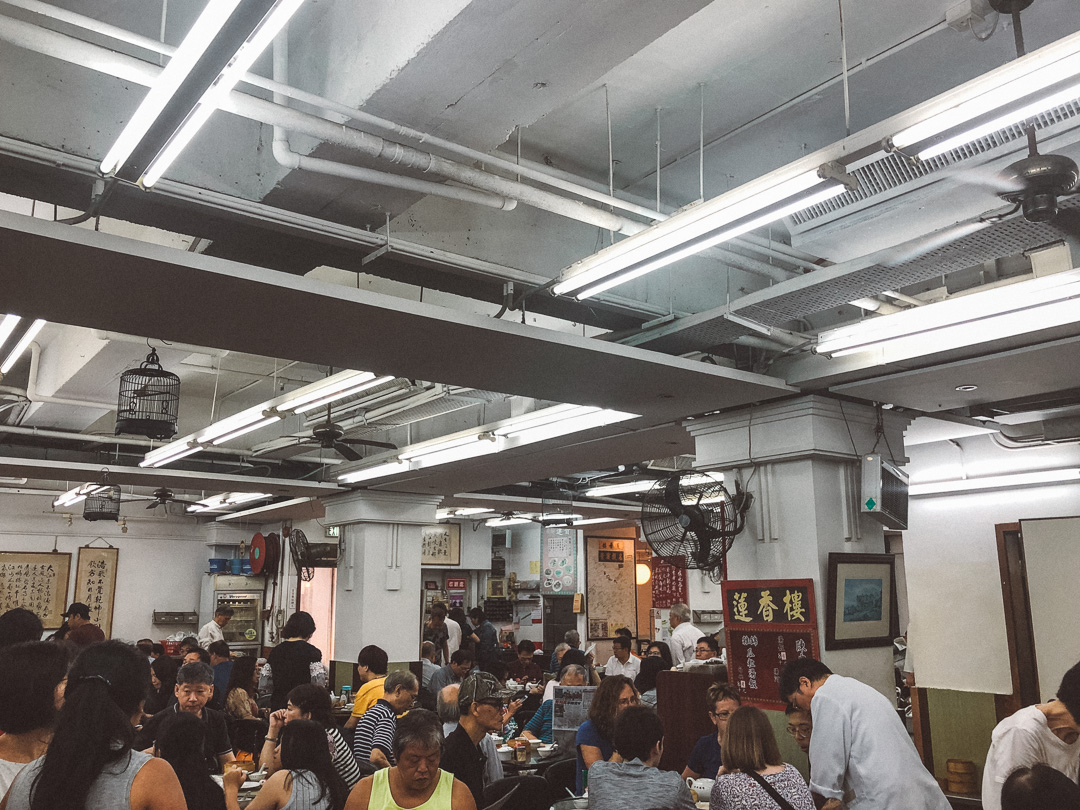
Dim Sum Square
A casual dim sum spot with very reasonable prices. The ordering is straightforward, you mark the dishes you want on an ordering form and hand it over to the waiter. They have a menu with pictures, which can be quite helpful for those not familiar with dim sums.
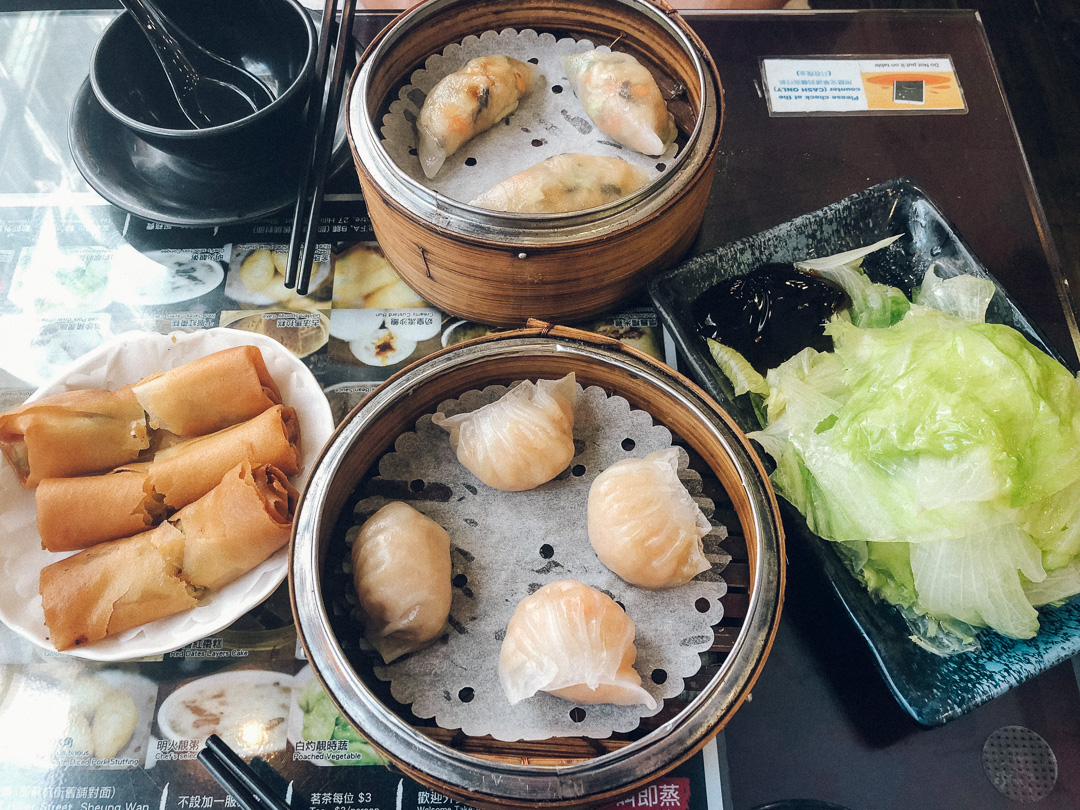
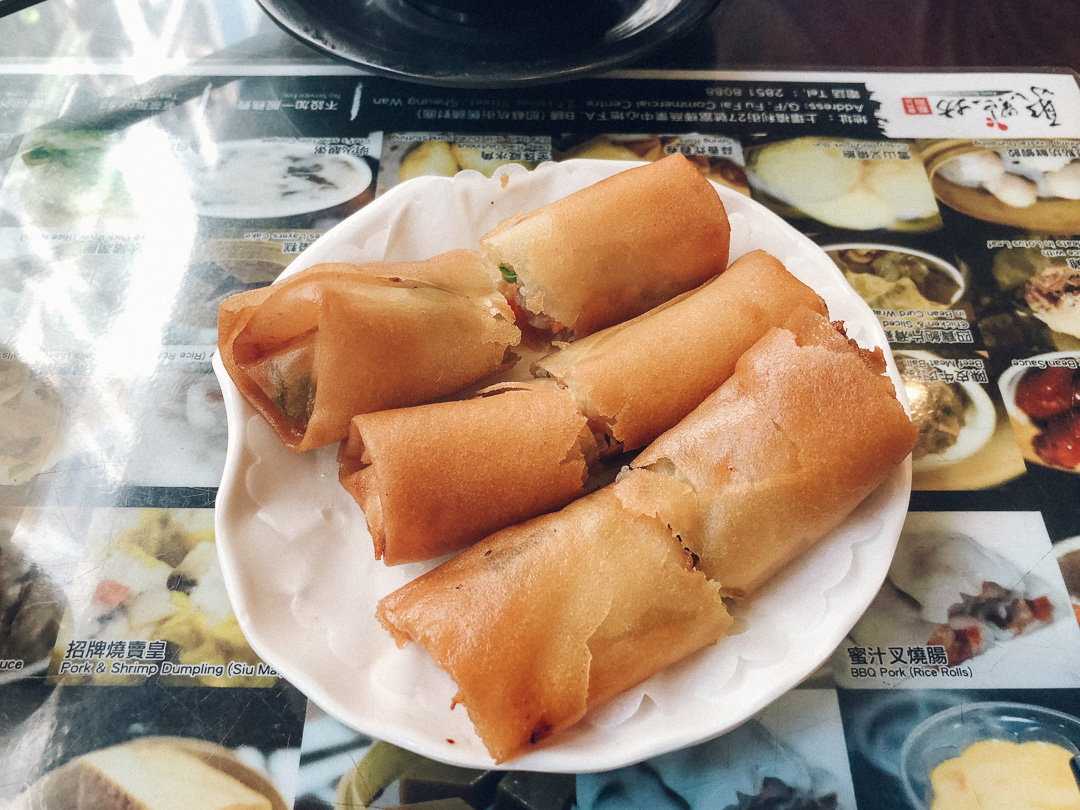
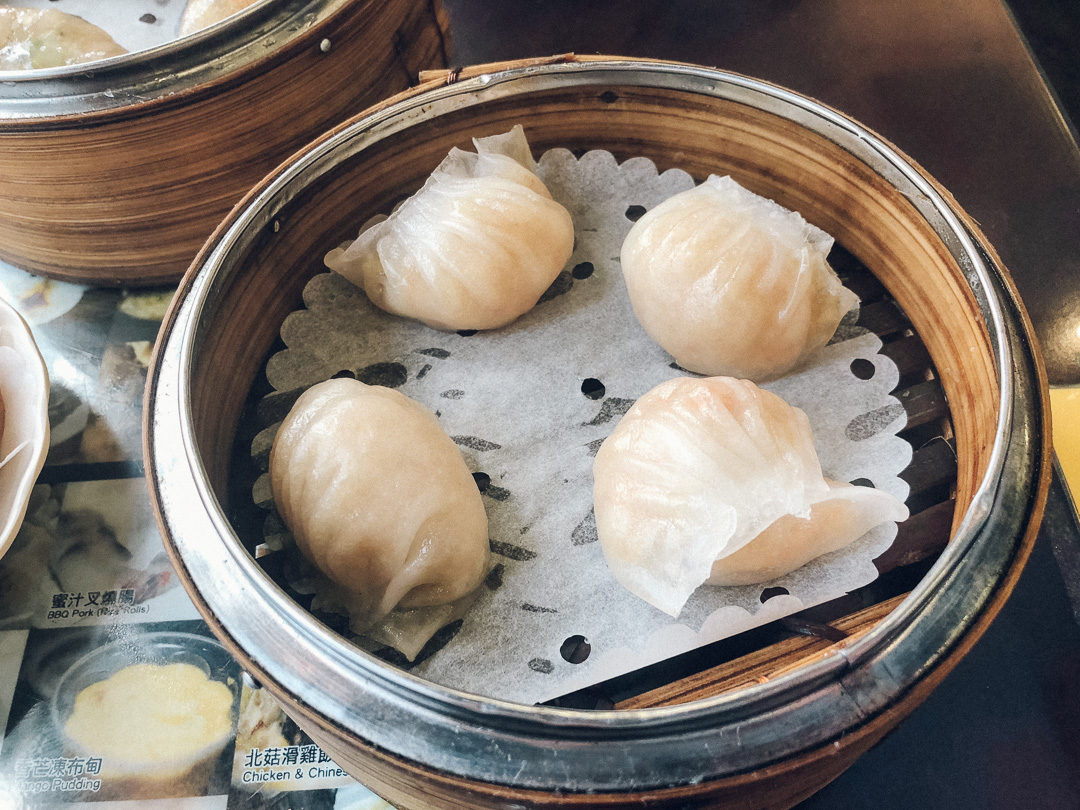
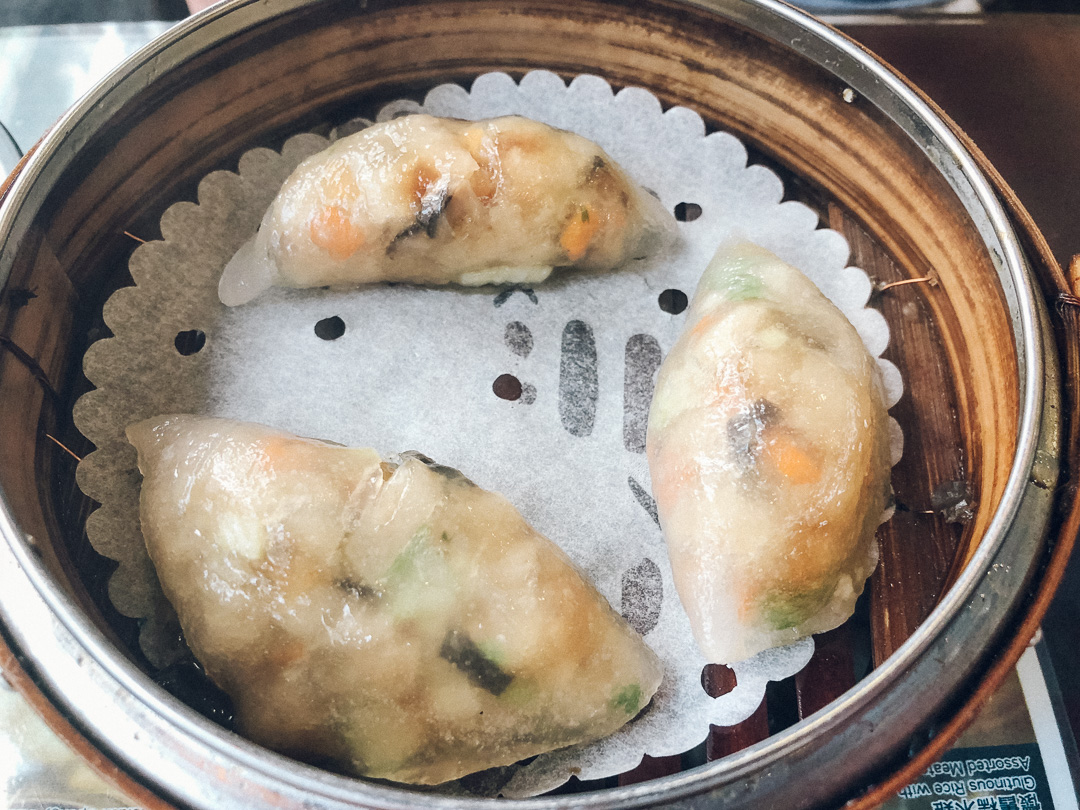
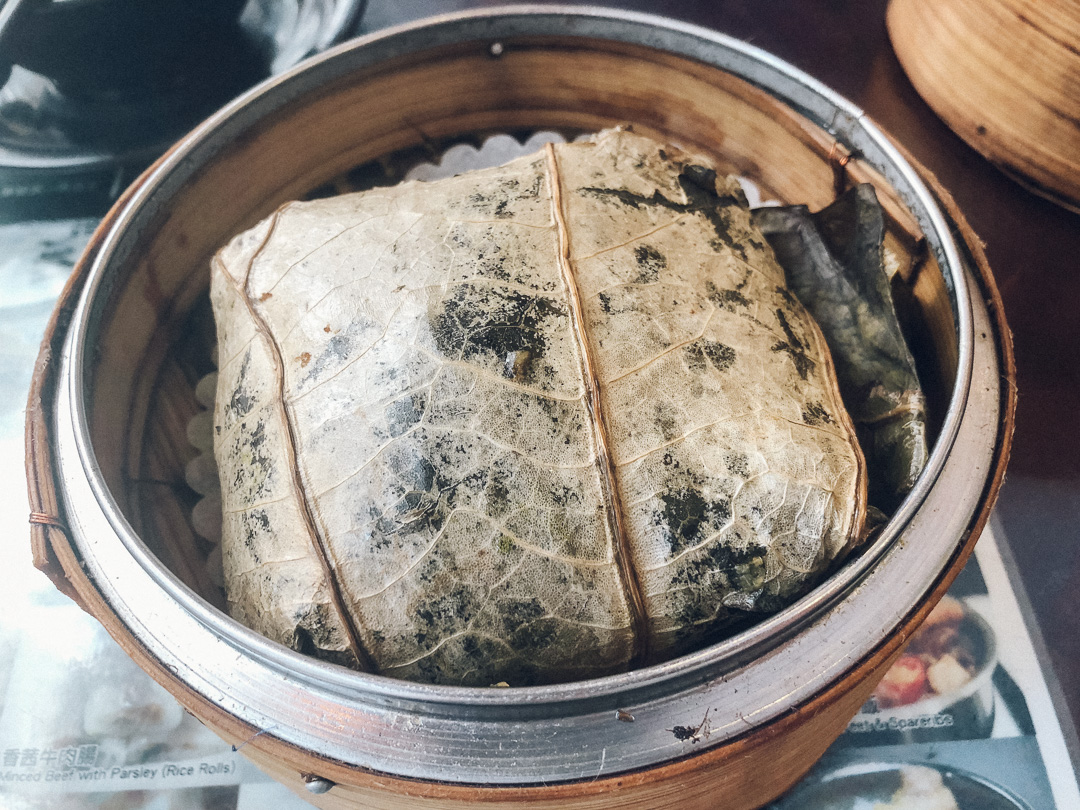
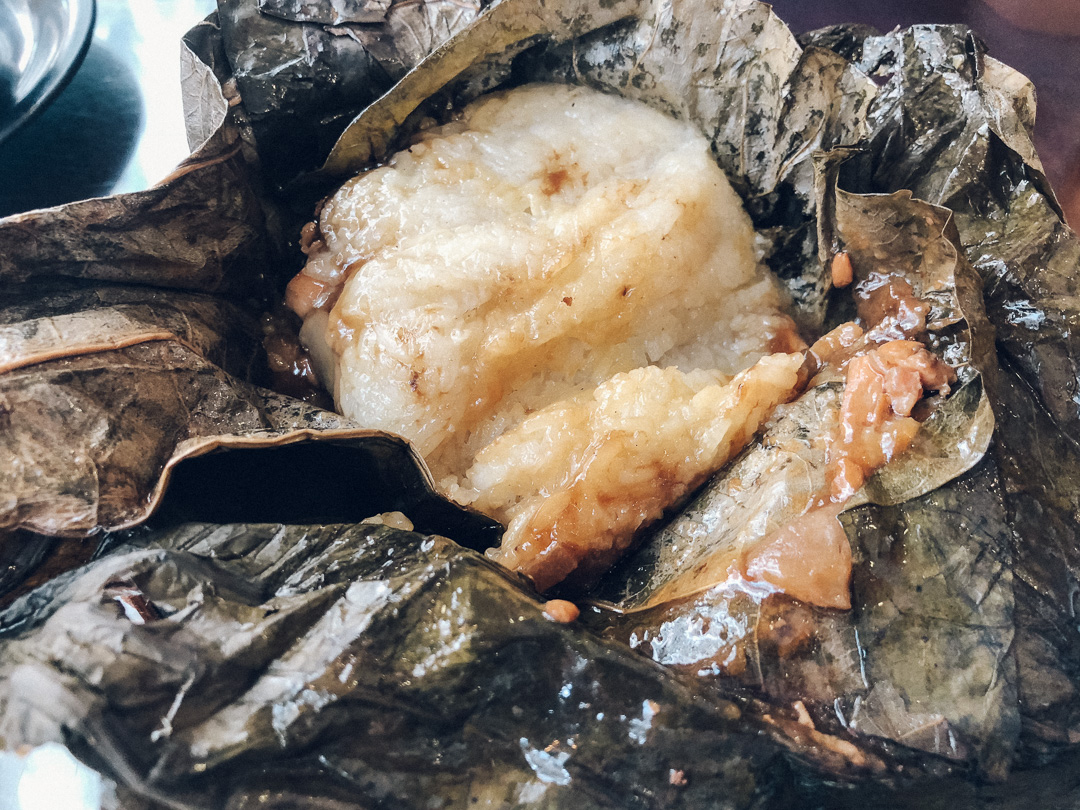
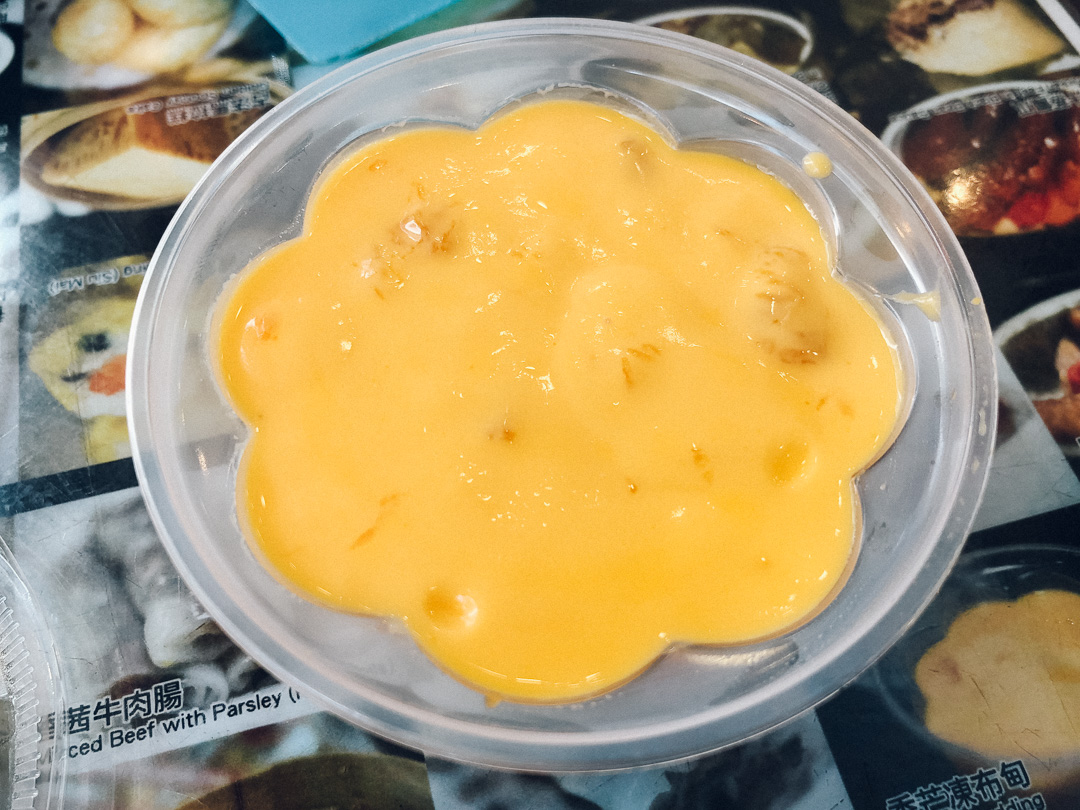
Din Tai Fung (Yee Wo Branch)
Din Tai Fung is one of the most famous dim sum chains. Originating from Taiwan currently has branches all over the world. In 2010 restaurant’s first Hong Kong branch TST Silvercord was awarded one Michelin star by the Hong Kong and Macau 2010 edition. A year later the restaurant’s second branch in Hong Kong, Yee Wo also was awarded a Michelin star; however, the branch lost it the following year, while the first one held its for five consecutive years. Their signature dish is Xiao Long Bao aka soup dumplings. The steamed dumplings are generously filled with pork and broth and enjoyed with vinegar and ginger. They were indeed very tasty. If you’ve been to one of its branches before you know what to expect, if you haven’t it’s worth trying out.
